Our Transformation Journey
The Singapore Prison Service (SPS) was instituted in 1946 as a government department.
However, the origins of Singapore’s penal system can be traced to the arrival of the first batch of convicts in 1825. The philosophy of deterrence through punitive measures was adopted in the prisons then, which were managed by colonial administrators, until the Second World War. In 1946, Prisons Department, now known as the Singapore Prison Service, was formally instituted as a government department to oversee the management of prisons.
Over the years, SPS has progressed to become a leading correctional agency, enforcing safe and secure custody, delivering evidence-informed rehabilitation programmes and carrying out effective community supervision of released inmates. SPS and its staff, also known as Captains of Lives, have since undergone a transformation journey, and its community partners have been instrumental in this journey.
In 2021, SPS celebrated SPS75, commemorating 75 years since its inception as a government agency. SPS75 was officially launched on 21 June 2021 by Minister for Communications and Information and Second Minister for Home Affairs, Mrs Josephine Teo during SPS-YRSG Corporate Advance 2021. It was also commemorated during the SPS75 Virtual Commemorative Event with the President of Singapore, Mdm Halimah Yacob as the Guest-of-Honour. The SPS75 Commemoration Event was also attended by former staff and Director / Commissioner of Prisons, as well as its partners, volunteers and overseas counterparts.
Our Journey To Transformation
-
1946
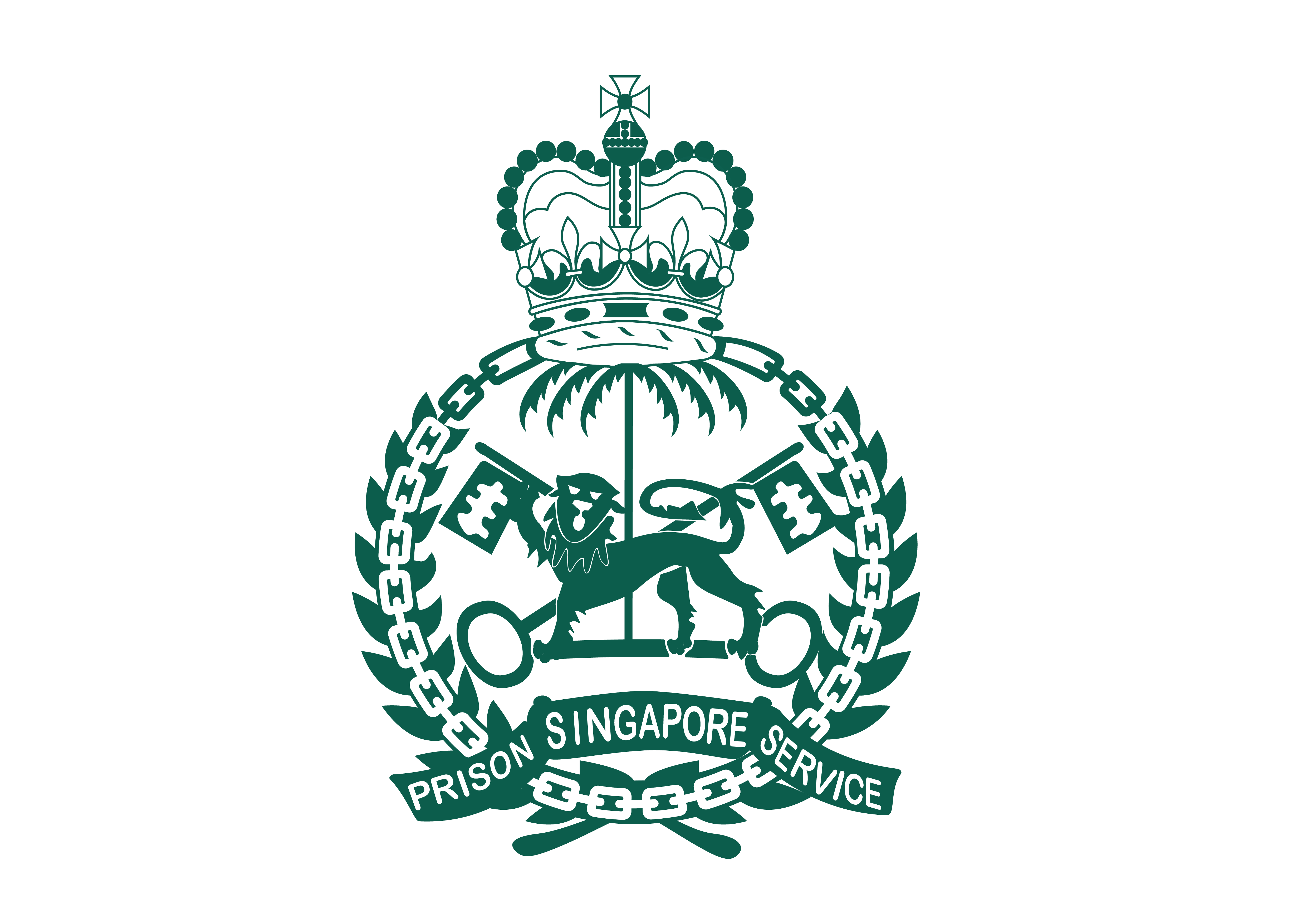 G. E. W. W. Bayly, First Commissioner of Prisons
G. E. W. W. Bayly, First Commissioner of Prisons
When the British Military Administration was replaced by a civil government, Singapore became a Crown Colony and the Prisons Department (now known as Singapore Prison Service) was instituted as a government agency. G. E. W. W. Bayly became the first Commissioner of Prisons after the Second World War. The photo shows the first logo of then Prisons Department. The insignia reflects Prisons Department as an agency in the Straits settlement under the purview of the Crown Colony.1953
Major W.L.P. Sochon, Second Commissioner of Prisons
W.L.P. Sochon took over as the second Commissioner of Prisons. He was supportive of the idea of a 'prison without bars' which relied on companies and the public doing their part to accept inmates into society. The photo shows Major W.L.P Sochon holding a press conference cum tour of the new experimental opium rehabilitation centre on St John's Island.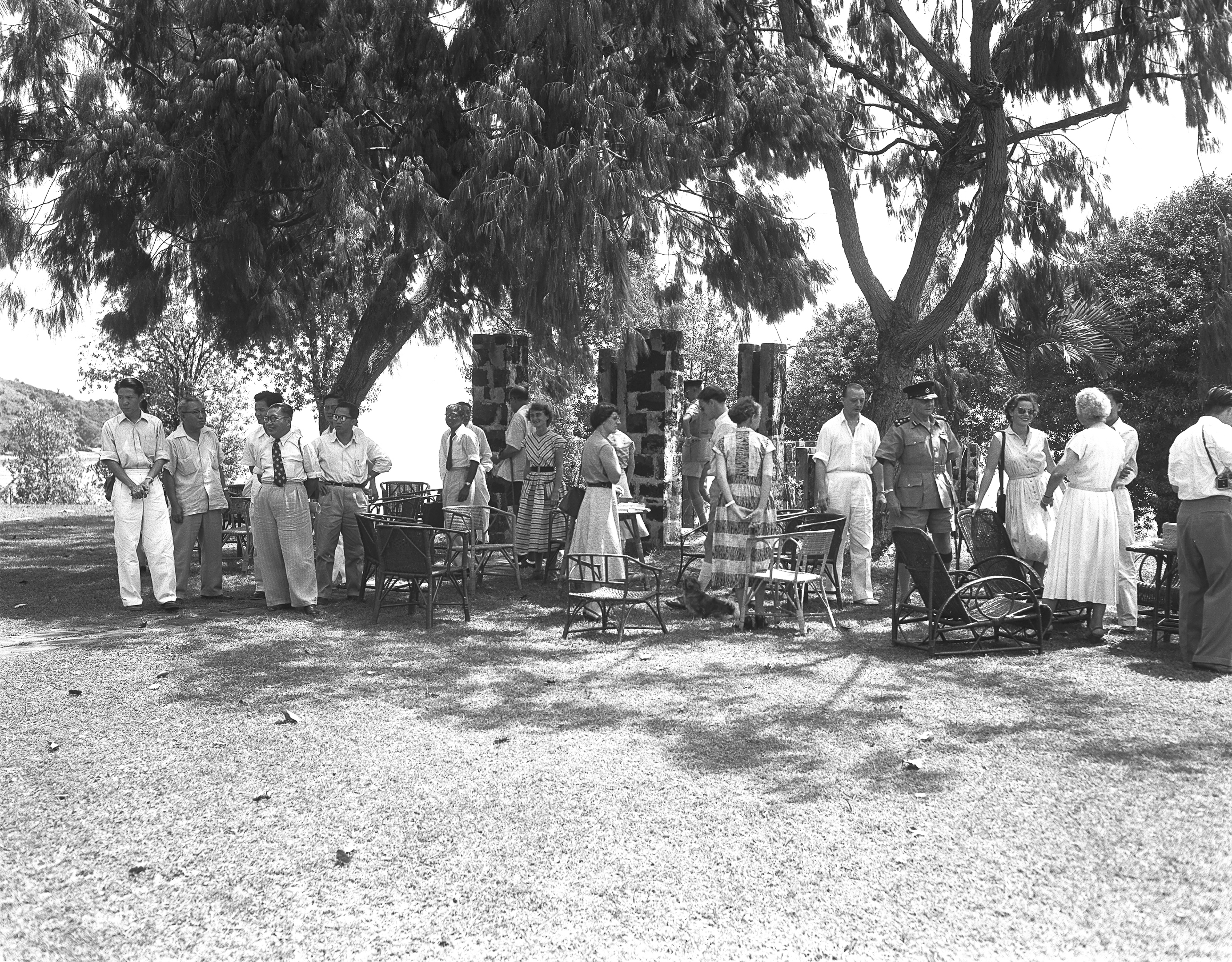
Source: Ministry of Information and the Arts Collection, courtesy of National Archives of Singapore 1955
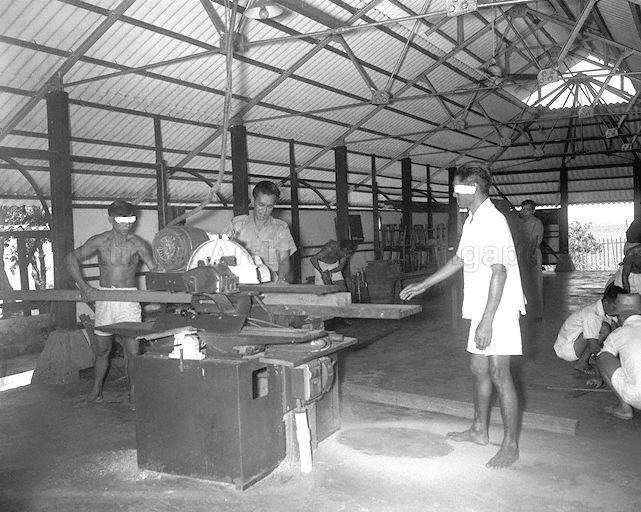
Source: Ministry of Information and the Arts Collection, courtesy of National Archives of Singapore St John’s Island Opium Treatment Centre
The first Drug Rehabilitation Centre (DRC) in Singapore was the Opium Treatment Centre (OTC) at St. John’s Island. It was subsequently repurposed and expanded to receive other drug abusers. The OTC consisted of 12 huts, of which six were used as accommodation for up to 40 inmates. The others were used for workshops as shown in the photo.1957
P. L. James, Third Commissioner of Prisons
P. L. James served as the third Commissioner of Prisons up until the merger between Singapore and Malaysia between 1957 to 1963. He was known to grant political detainees leave on Chinese New Year.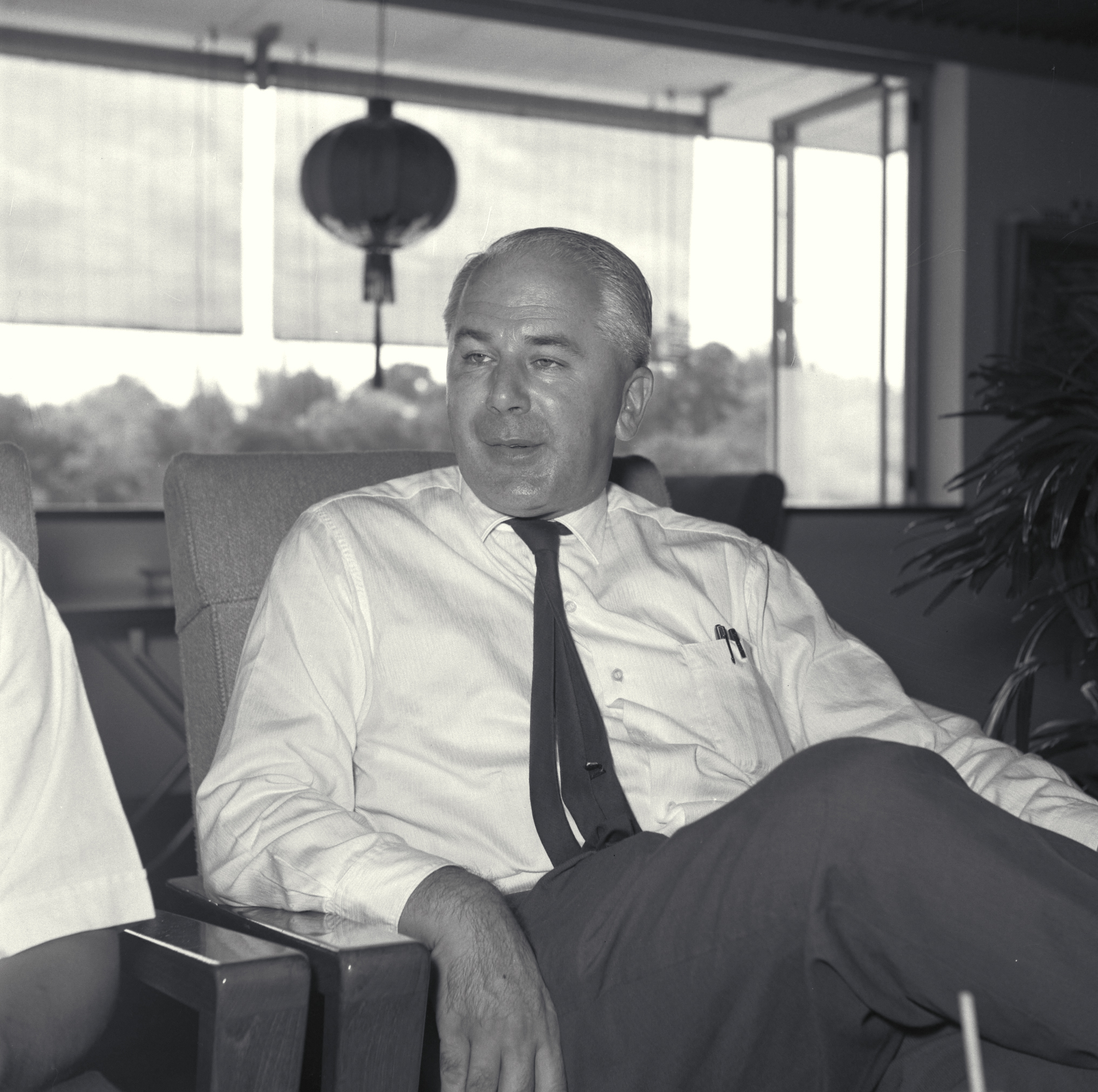
Source: The Straits Times © Singapore Press Holdings Limited. Permission required for reproduction. 1959
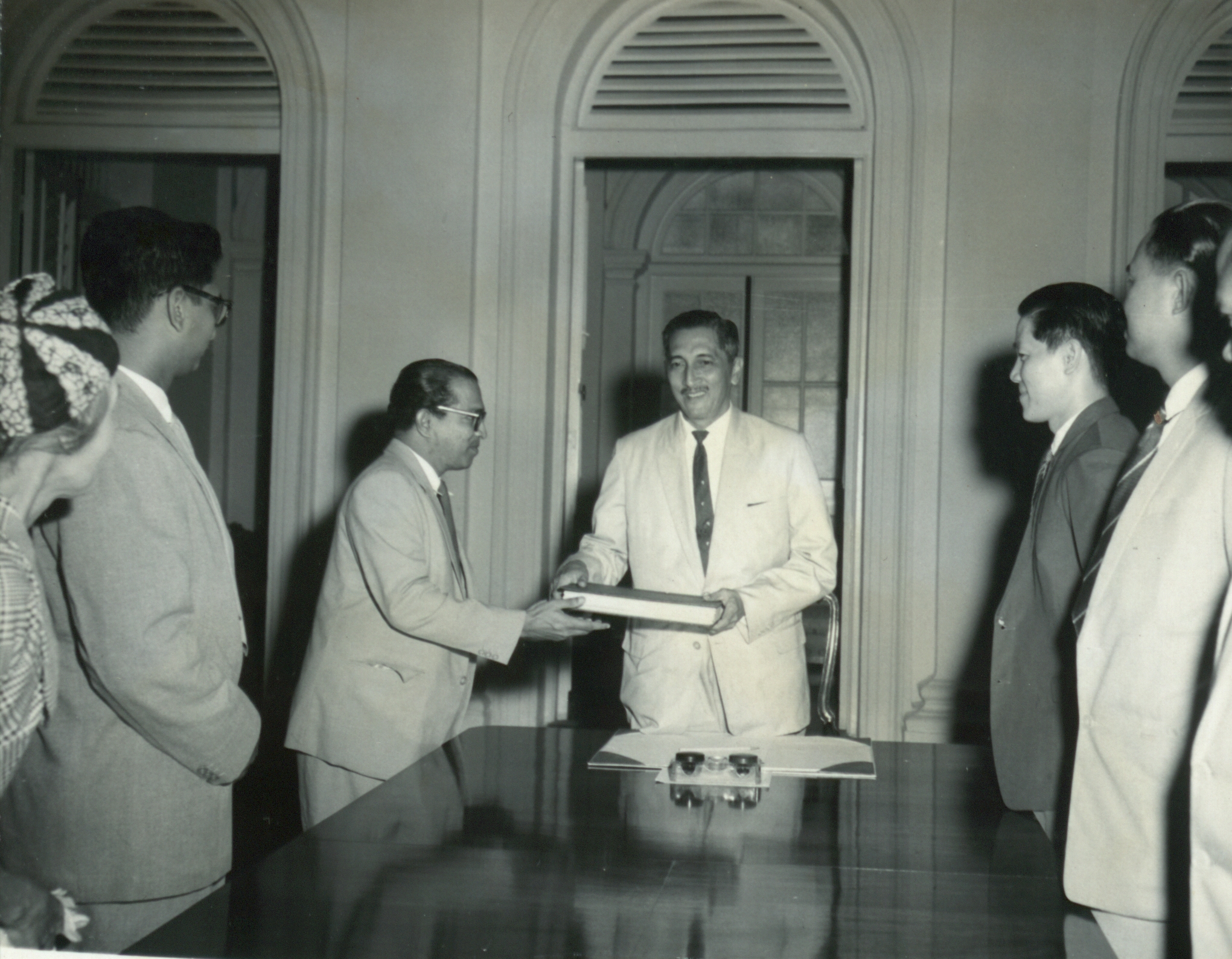
Source: National Archives of Singapore Prison Inquiry Commission
The Prisons Inquiry Commission was convened and chaired by Devan Nair who strongly recommended that the Prisons Department should shift its focus from custodial care to rehabilitation. The photo shows Devan Nair presenting the Report of the Prison Inquiry Commission to Yang Di-Pertuan Negara Yusof Ishak.1960
Pulau Senang Penal Settlement
Pulau Senang Penal Settlement started as an experimental rehabilitative facility for inmates from Changi Prison. It was closed after a riot on 12 July 1963. The photo shows inmates arriving in Pulau Senang in the early 1960s.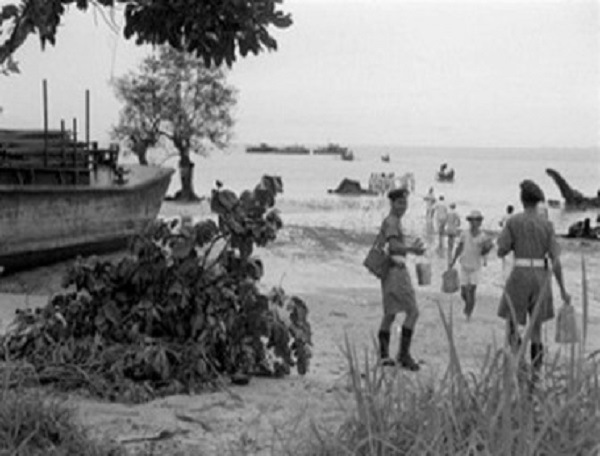
Source: National Archives of Singapore 1961
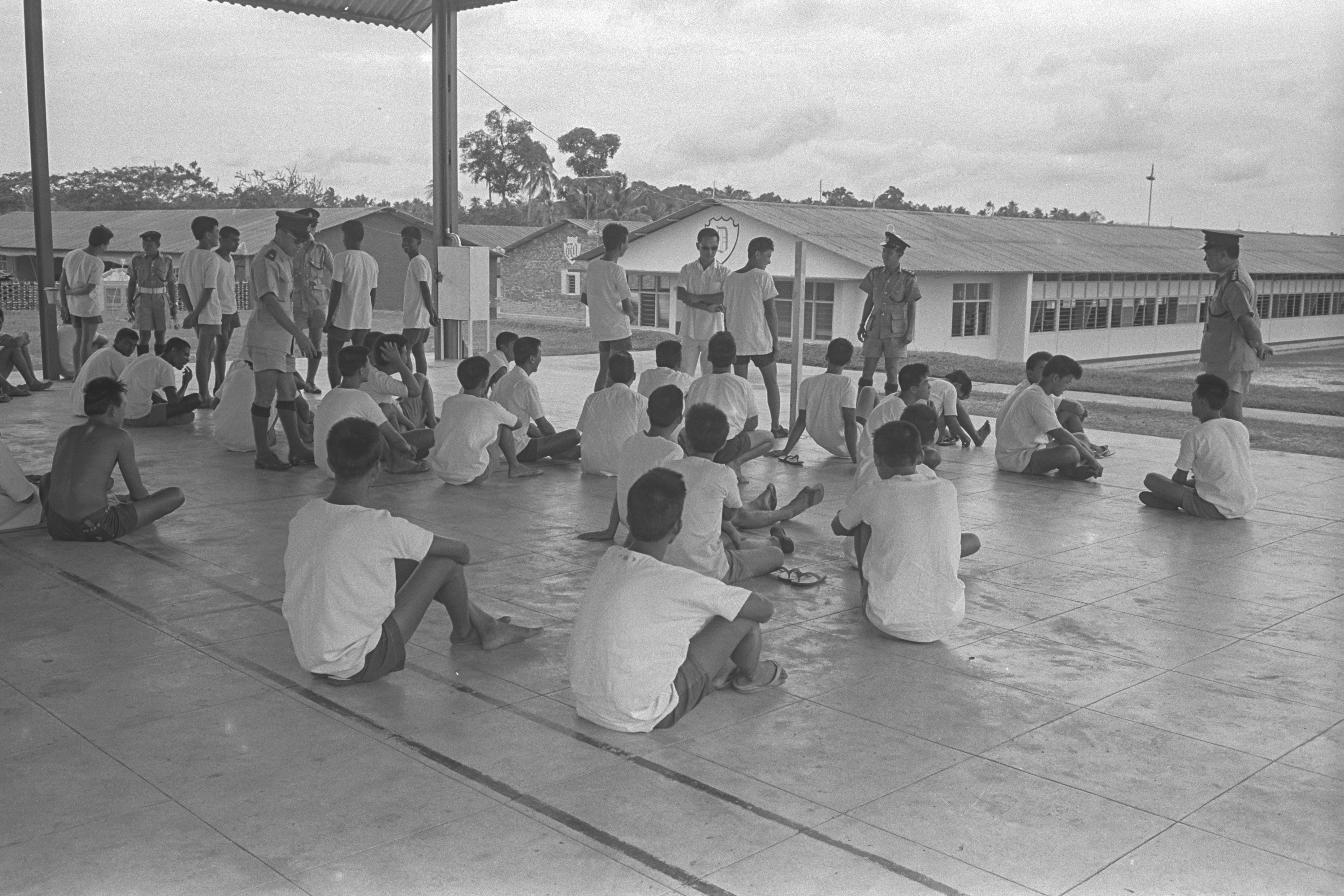
Source: Ministry of Information and the Arts Collection, courtesy of National Archives of Singapore Bedok Reformative Training Centre
The Bedok Reformative Training Centre (BRTC) was established as a centre for young male offenders, between 16 and 21 years old, to undergo reformative training. The photo shows the facility of BRTC.1963
Frankie Lee Siew Kwong, Acting Director of Prisons
Frankie Lee Siew Kwong served as the Acting Director of Prisons during Singapore's merger with Malaysia. As the former Administrative Officer of Changi Prison, he was well-acquainted with the operation and administration of the penal system.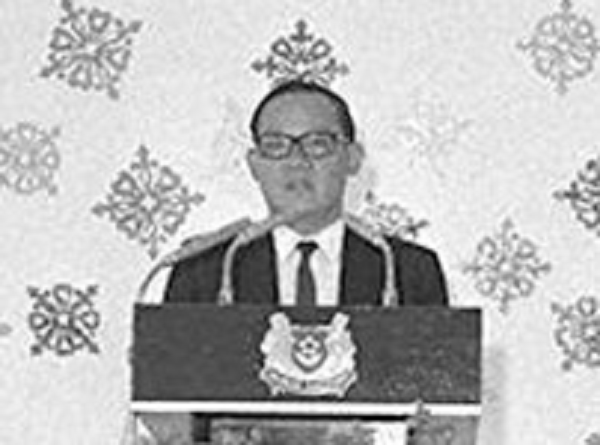
-
1966
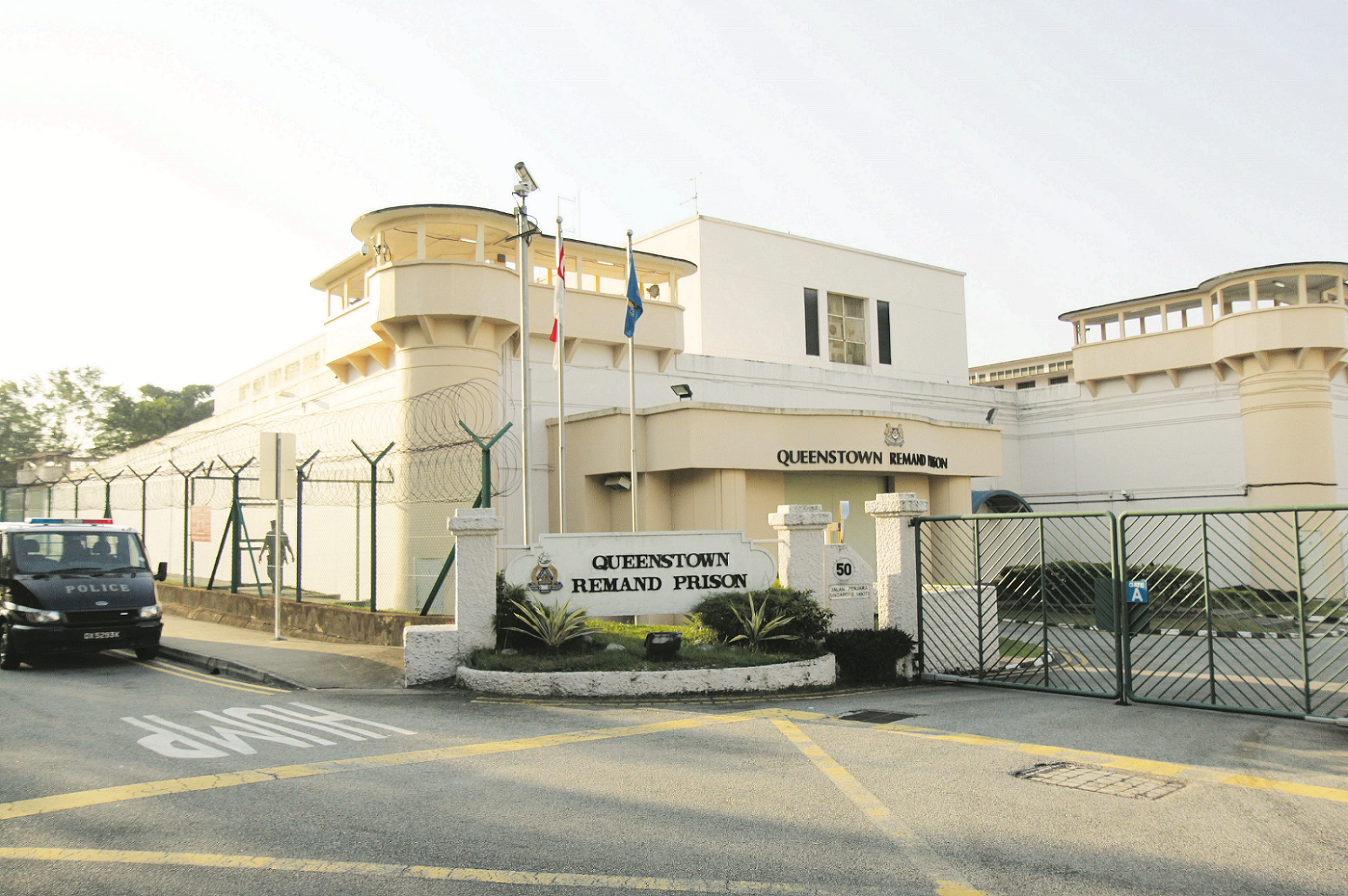 Queenstown Remand Prison
Queenstown Remand Prison
In 1966, Queenstown Remand Prison (QRP) was built to house persons on remand and short-term offenders after Singapore became independent. In 2009, QRP ceased operations and inmates were transferred to Cluster B of the Changi Prison Complex. The photo shows the external view of QRP.1966
Yeow Koon Poh, Acting Director of Prisons
Yeow Koon Poh was the acting Director of Prisons for five years after Singapore became independent and sovereign state in August 1965. Prior to his appointment, he was a distinguished police inspector involved in a number of high-profile drug raids and theft cases.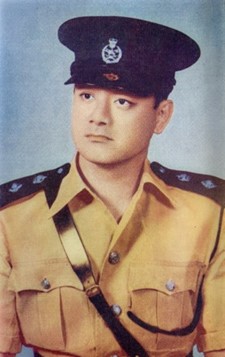
1973
.jpeg) Quek Shi Lei, Fourth Director of Prisons
Quek Shi Lei, Fourth Director of Prisons
Quek Shi Lei joined the then Prisons Department as a Welfare Officer and rose up the ranks to be the Director of Prisons. He was later appointed as the first Chief Executive Officer of the Singapore Corporation of Rehabilitative Enterprises (now known as Yellow Ribbon Singapore) in 1988.1976
Singapore Corporation of Rehabilitative Enterprises (now known as Yellow Ribbon Singapore)
The establishment of Singapore Corporation of Rehabilitative Enterprises (SCORE) sought to enhance the employability of offenders by providing vocational training courses in prisons and Drug Rehabilitation Centres (DRCs), thus preparing them for their eventual re-integration into the national workforce. The photo, which was taken at the entrance of Changi Prison, shows the SCORE van transporting supplies.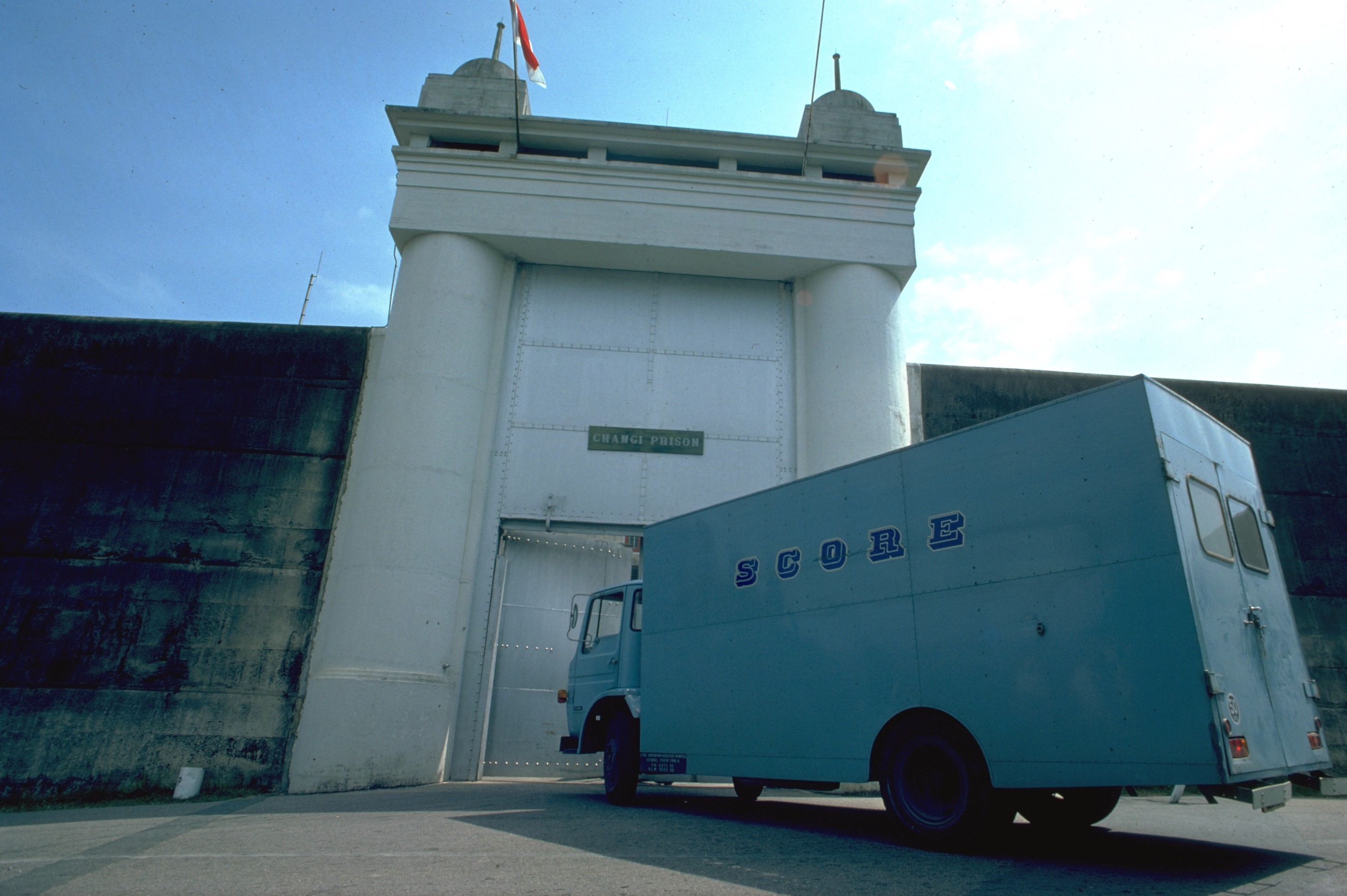
Source: Singapore Tourism Board, courtesy of National Archives of Singapore 1976
 Chia Keng Prison
Chia Keng Prison
Chia Keng Prison was completed in 1976 as a medium-security prison. It was demolished in 1993 and the inmates were rehoused in the Tampines Prison in 1992.1976
The Establishment of Drug Rehabilitation Centres
With the increase in the number of drug addicts between 1970s to 1980s, Telok Paku DRC was built in 1976 and rehoused addicts from St John’s Island Opium Centre. In 1977, two more DRCs were completed, namely the Jalan Awan Centre and Selarang Park DRC. The photos show the external view of Jalan Awan Centre and Selarang Park DRC.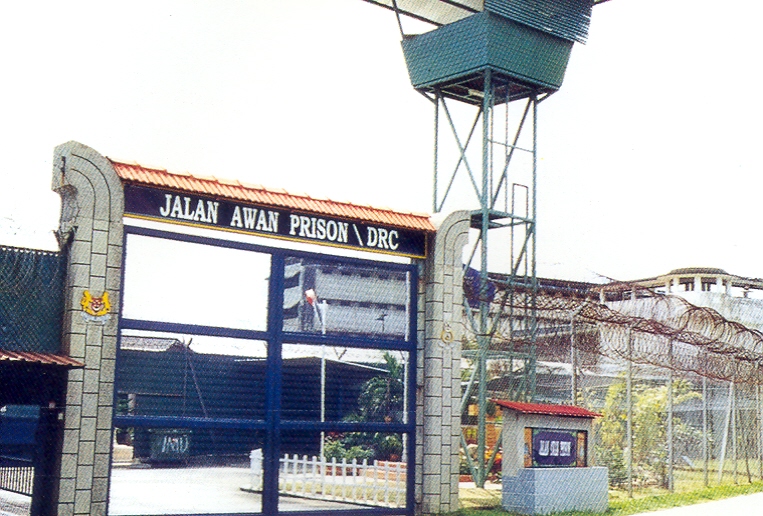
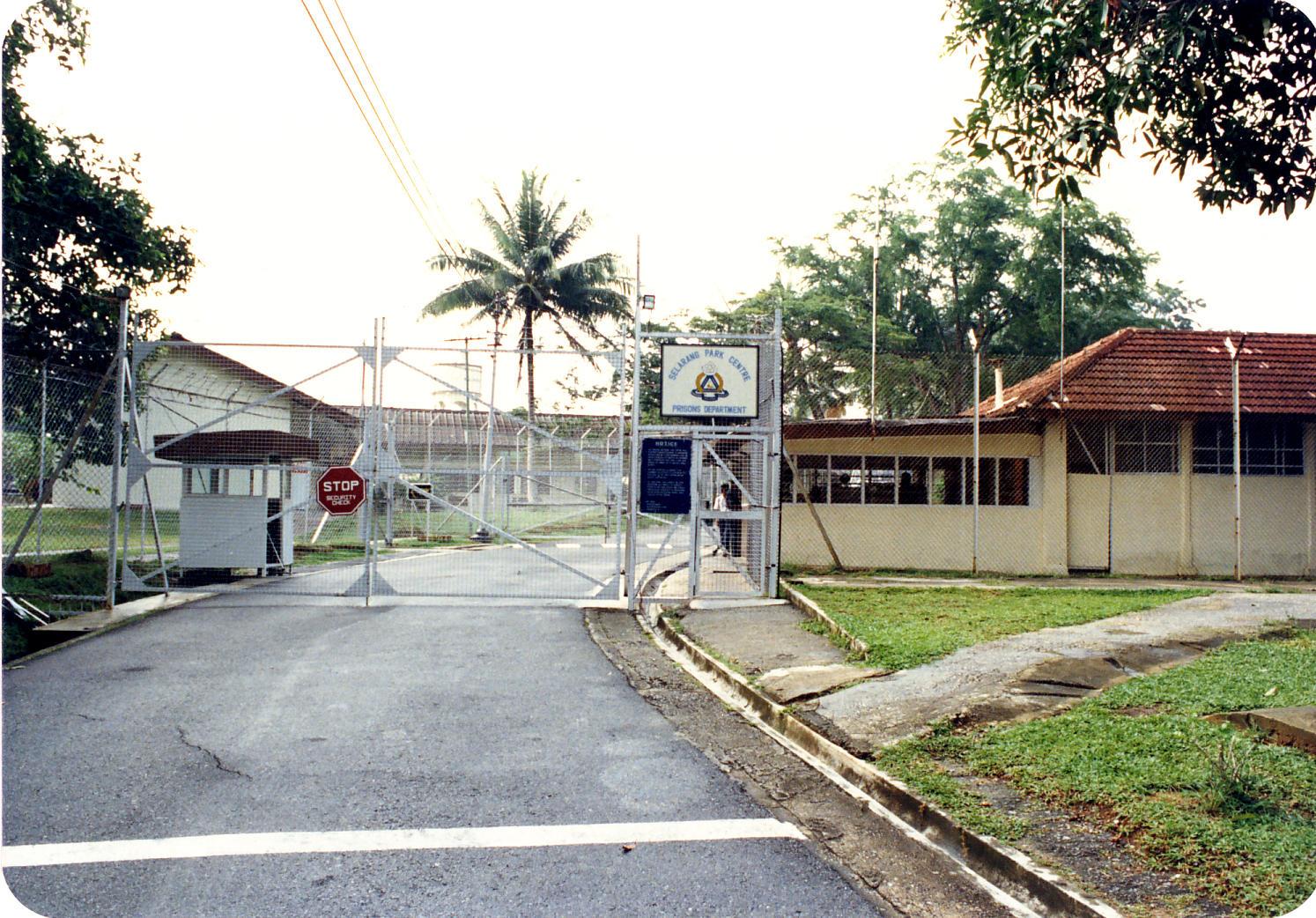
1987
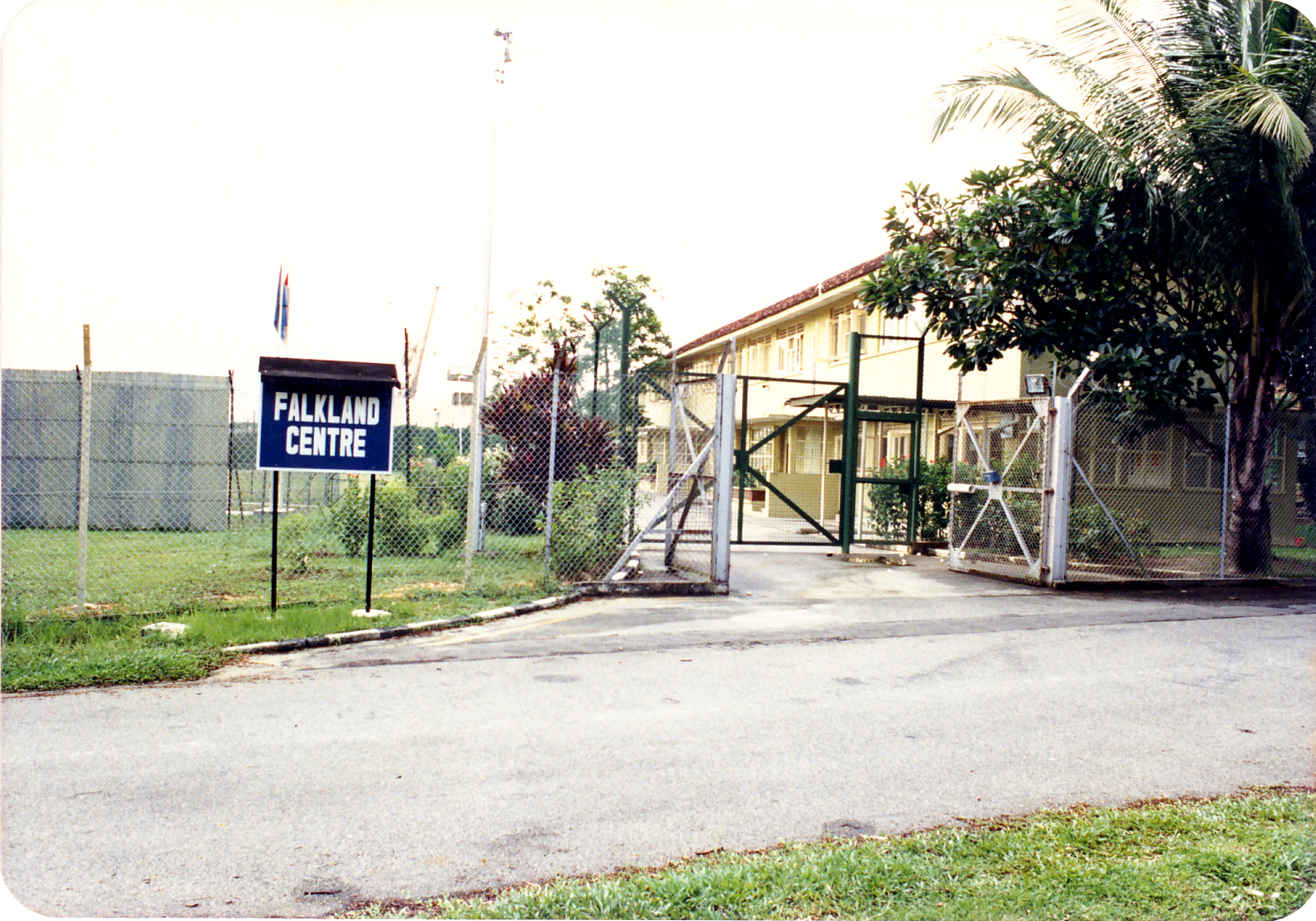
The Falkland Centre
The Falkland Centre was built after the Intoxicating Substances Act came into effect in 1987 to curb the growing problem of glue-sniffing. The facility was set up to provide treatment and rehabilitation for glue sniffers/inhalant abusers. The photos show the external view of Falkland Centre.1988
Tee Tua Ba, Fifth Director of Prisons
Tee Tua Ba was seconded to the then Prisons Department as the Director of Prisons. He was formerly in-charge of the Marine Police and promoted to Deputy Commissioner of Police. He was instrumental in setting up the Prison Scheme of Service to boost staff morale and attract new recruits of high calibre to join the service.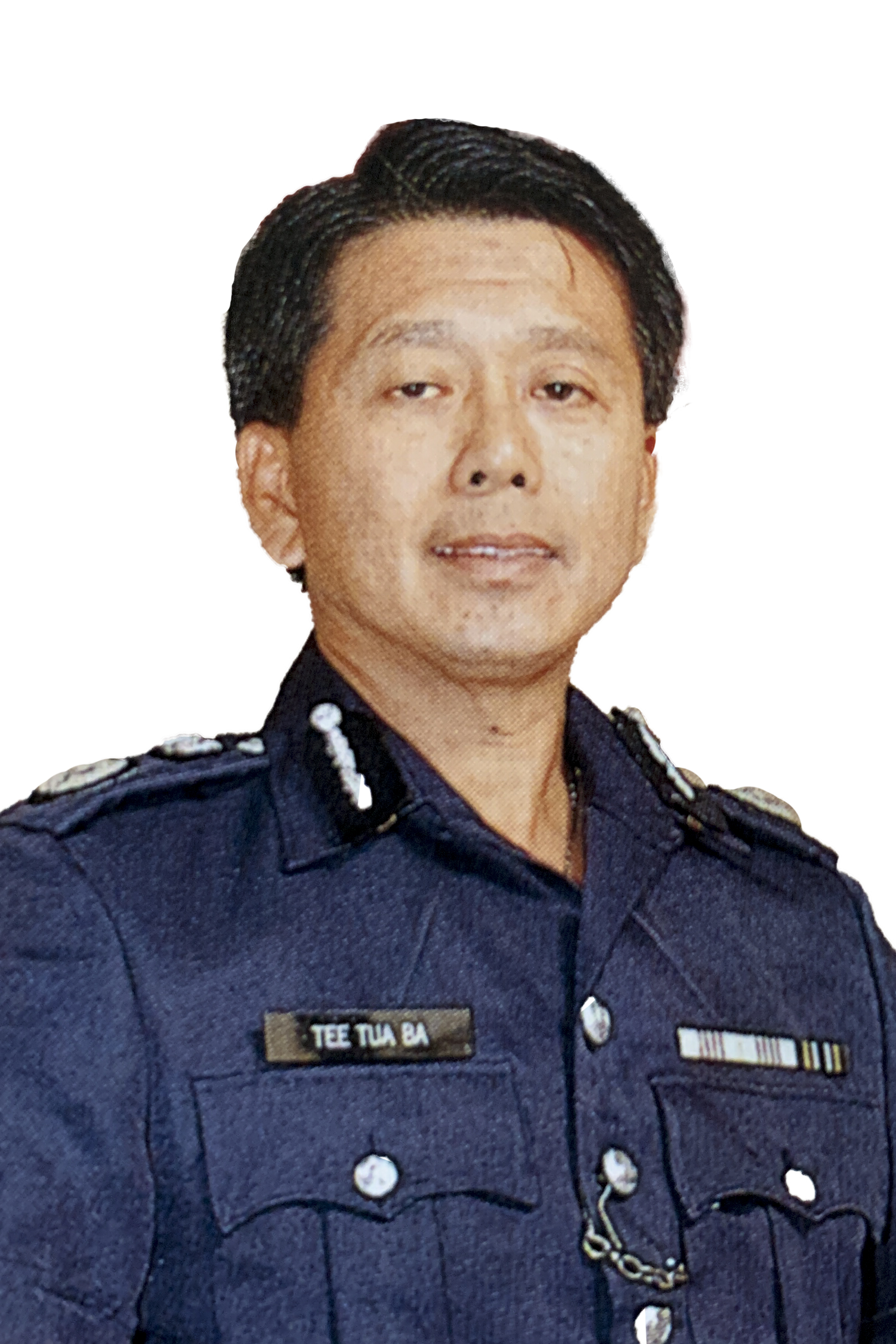
1989
Industrial and Services Co-operative Society Ltd
Industrial and Services Co-operative Society Ltd (ISCOS) was set up by SCORE to cater specifically to the needs of discharged inmates by providing them with jobs and small business opportunities. The photos show the inmates undergoing training and working in the laundry workshop in prisons.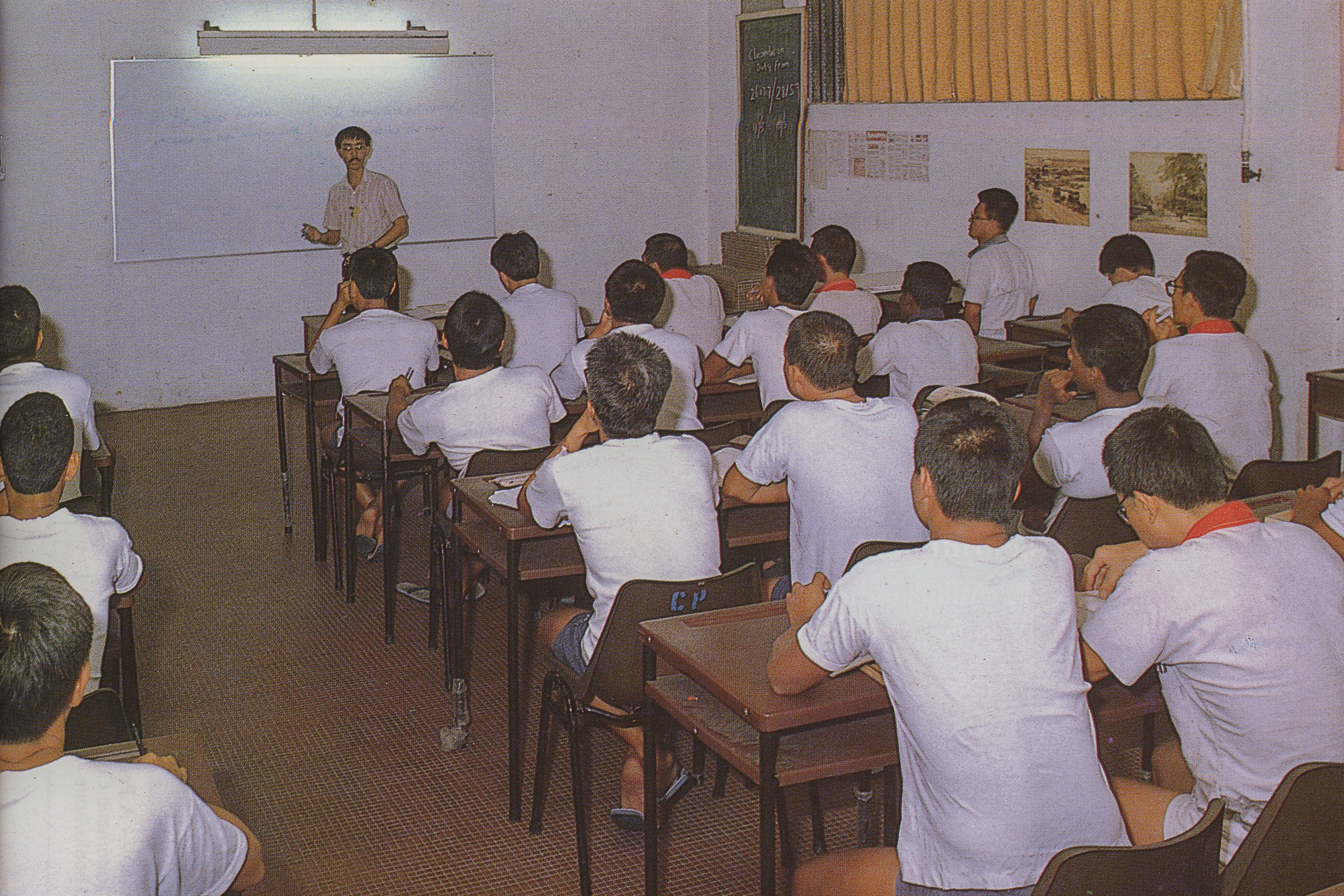
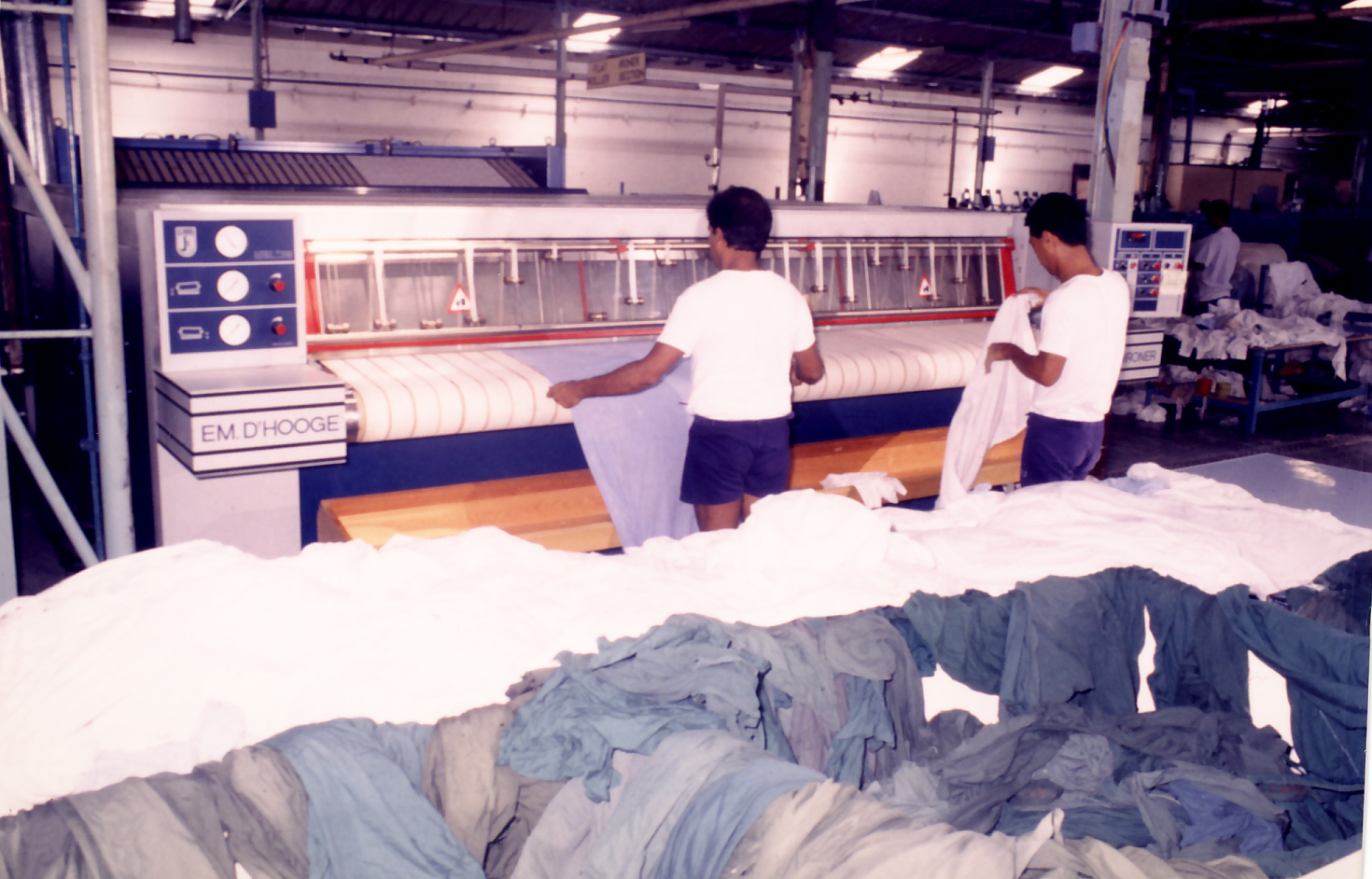
1992
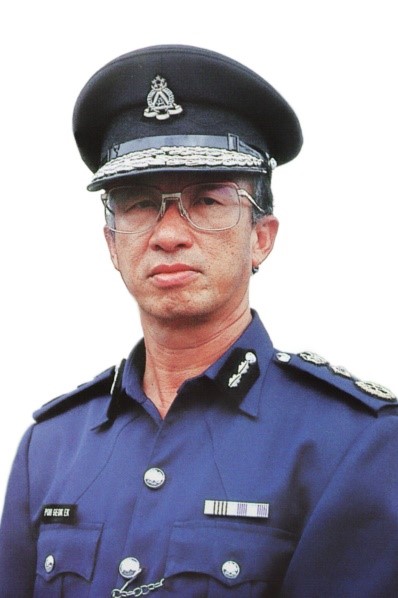 Poh Geok Ek, Sixth Director of Prison
Poh Geok Ek, Sixth Director of Prison
Prior to Poh Geok Ek’s appointment as the Director of Prisons, he was a Police Officer who served as the Director of the Central Narcotics Bureau. The Tanah Merah Prison and Changi Women’s Prison were completed under his guidance, and he introduced the use of technology in prisons.1994
Tanah Merah Prison and Changi Women’s Prison/Drug Rehabilitation Centre
Tanah Merah Prison and Changi Women’s Prison/Drug Rehabilitation Centre were purpose built maximum security facility constructed after an extensive study of the best prisons in the world. It was officially opened by Mr Wong Kan Seng, then Minister for Home Affairs. The photos show female inmates attending a programme and the external view of Tanah Merah Prison.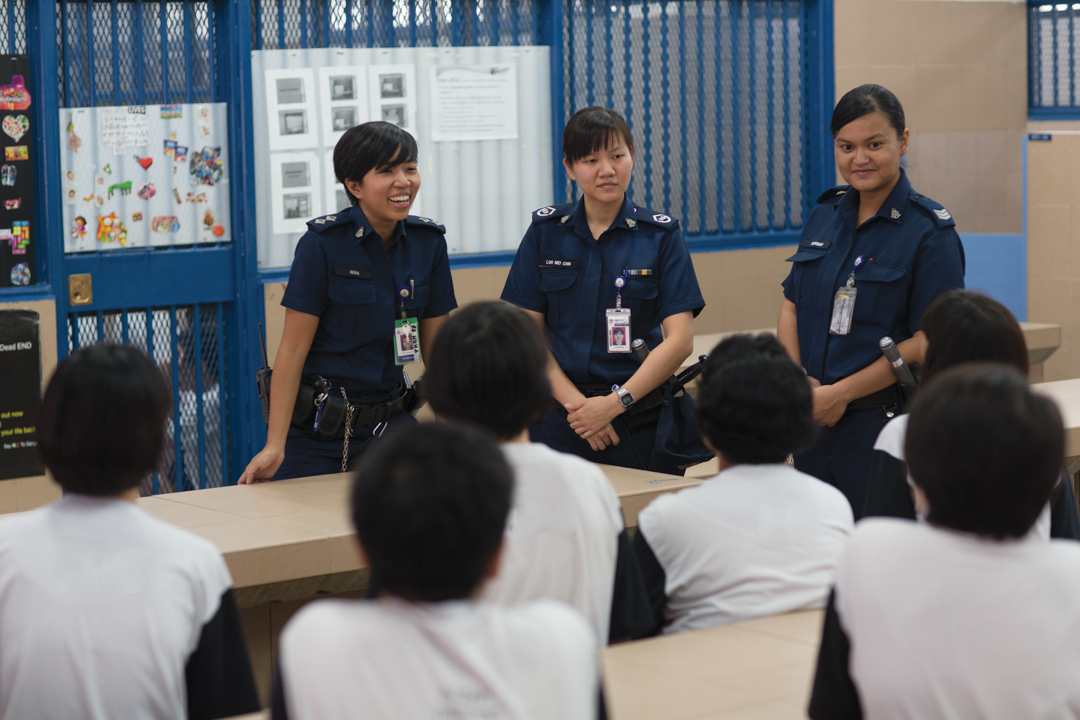
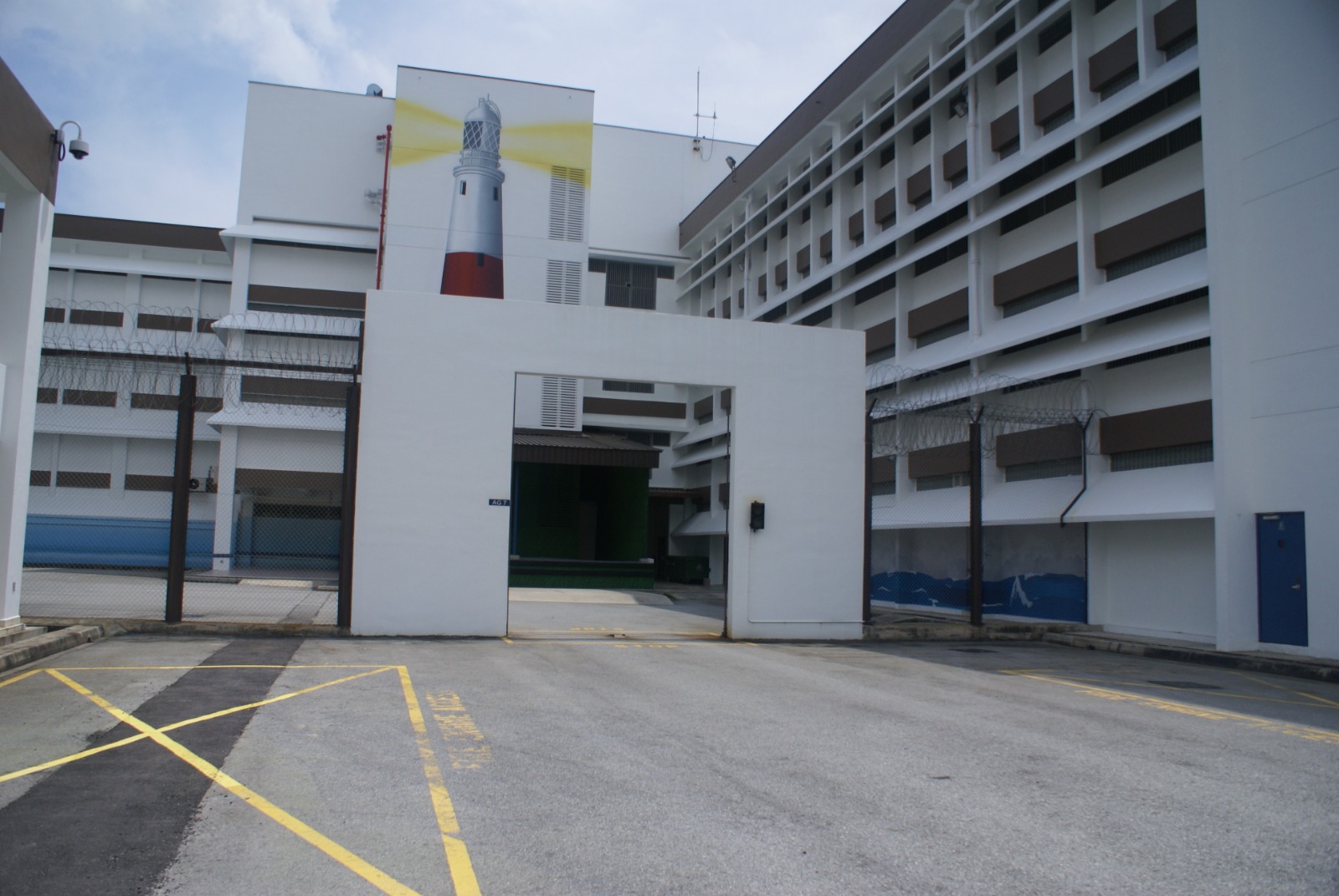
-
1995
Revision of Singapore Prison Service’s Mission
Revisions were made to the Singapore Prison Services’ (SPS) mission and vision to focus on the contributions of prisons to society, in addition to be a part of the criminal justice system. The photo shows SPS’ recruitment poster in the 2000s.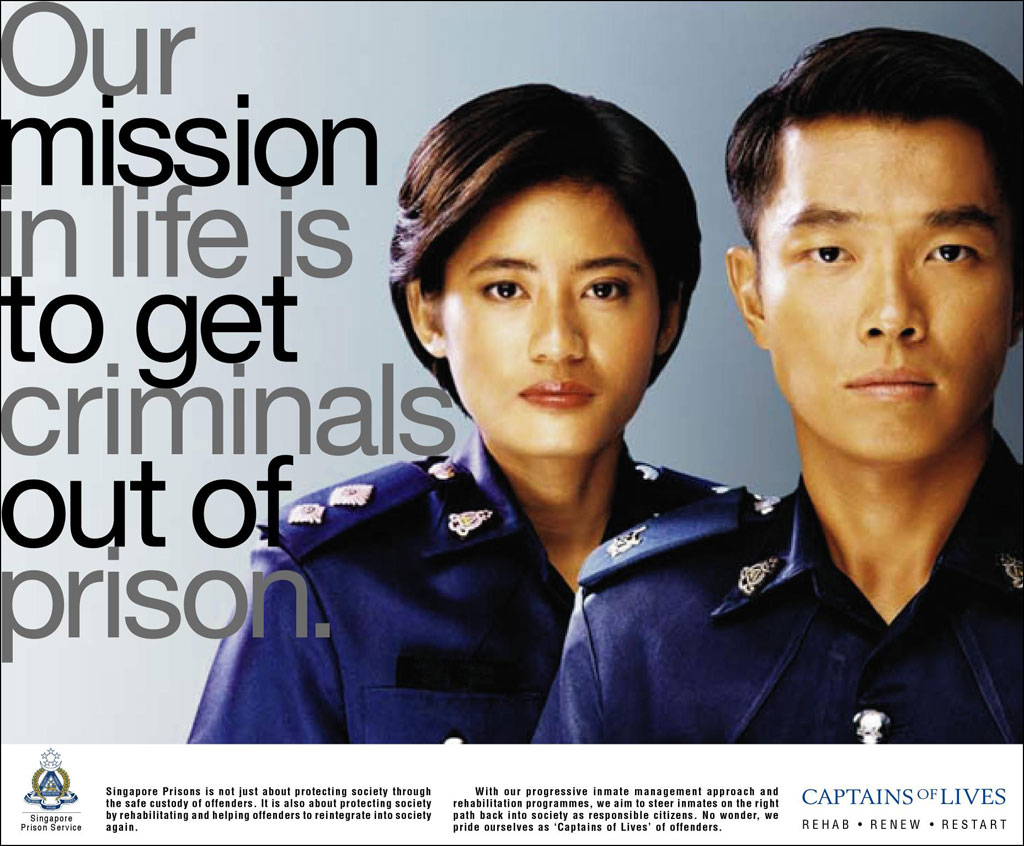
1997
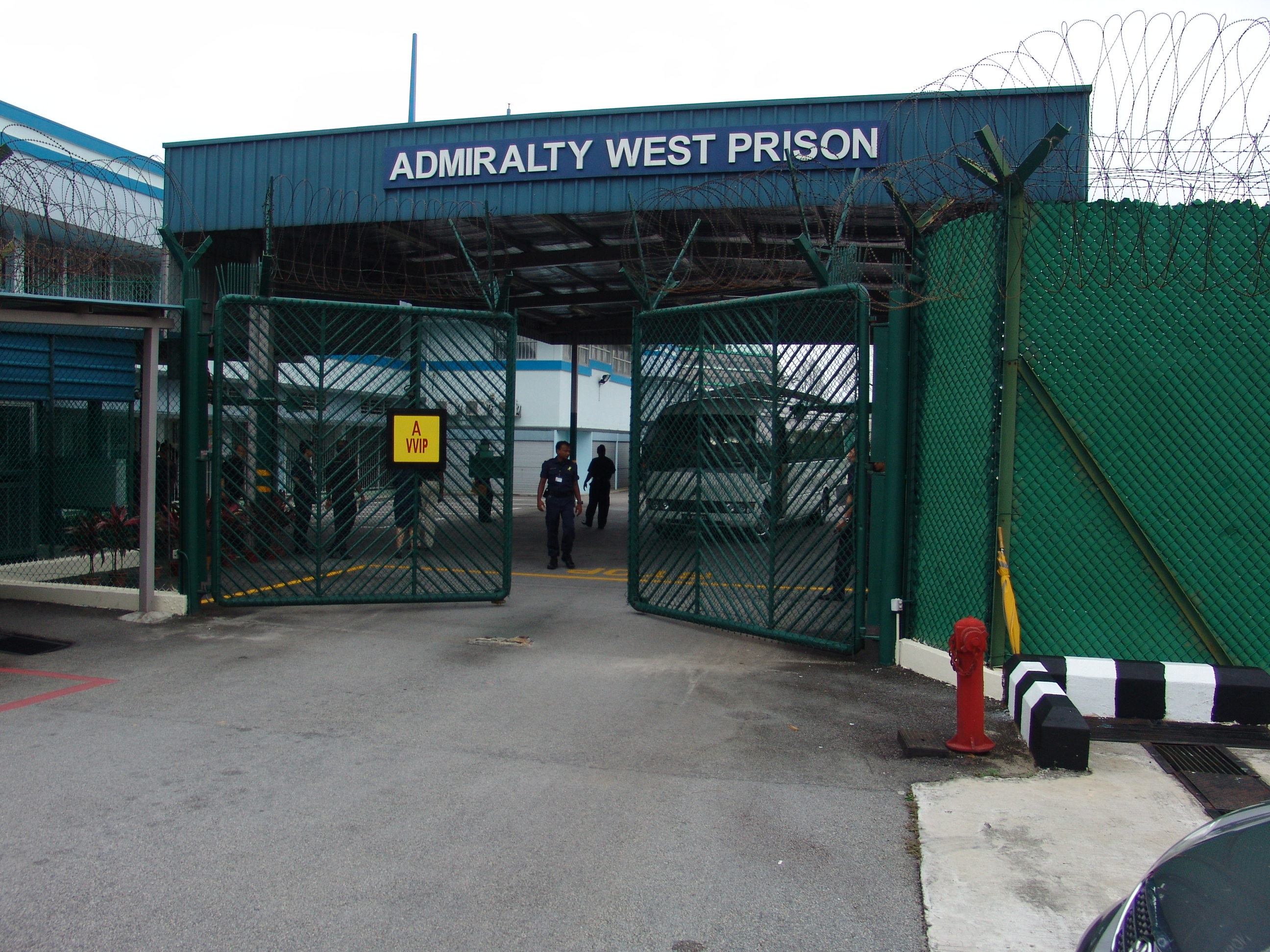 Portsdown Prison & Admiralty West Prison
Portsdown Prison & Admiralty West Prison
The Portsdown Prison was completed in 1997 and was intended for illegal immigrants and foreign inmates who committed immigration offences. It was later closed, and inmates were transferred to Admiralty West Prison which was completed in 2000.1998
Chua Chin Kiat, Seventh Director of Prison
After helming multiple Police Departments including the Criminal Investigation Department, Chua Chin Kiat was appointed as the Director of Prisons. He was instrumental in transforming the Singapore Prison Service (SPS) and coined the term ’Captains of Lives’ for SPS’ staff.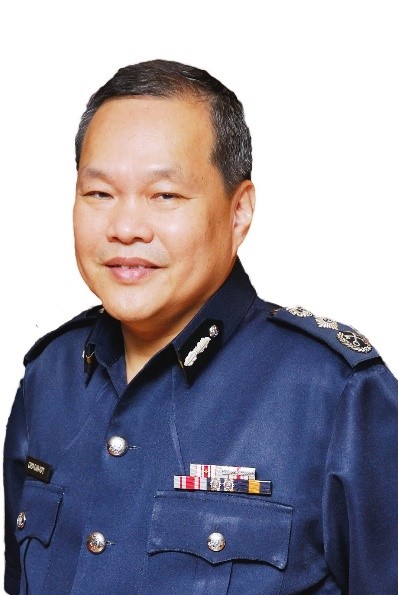
1999
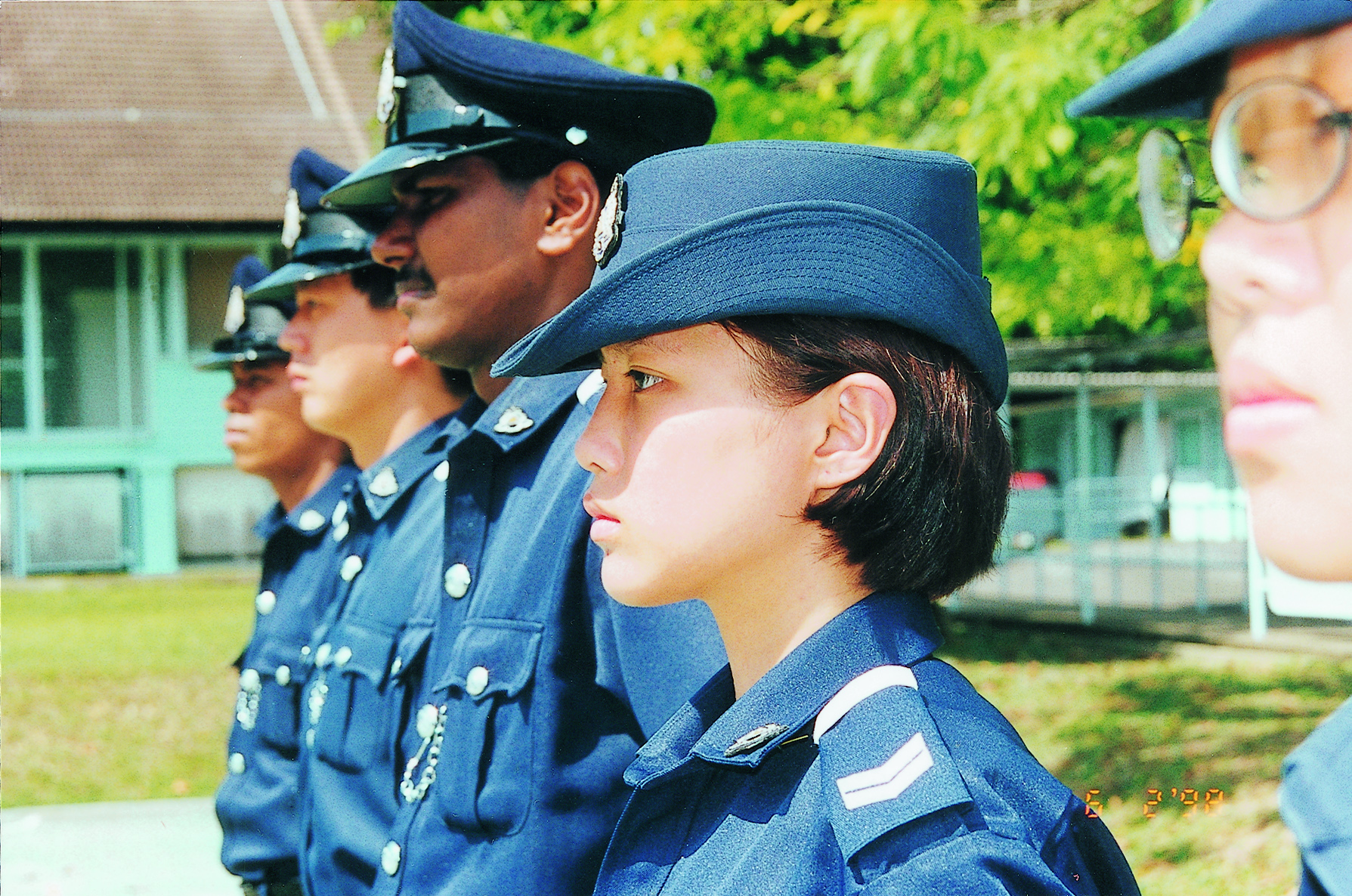 The Making of the 'Captains of Lives'
The Making of the 'Captains of Lives'
The term ’Captains of Lives’ was unveiled as part of SPS’ visioning exercise and transformation journey. The then Vision Statement stated that Prison Officers, who are Captains of Lives, would be instrumental in steering offenders to be responsible citizens with the help of their families and the community.1999
Introducing Housing Unit Management System & Tele-visiting
The Housing Unit Management System was introduced to ensure more inmate-centric management. Video conferencing technology was used at Queenstown Remand Prison for family members to communicate with inmates.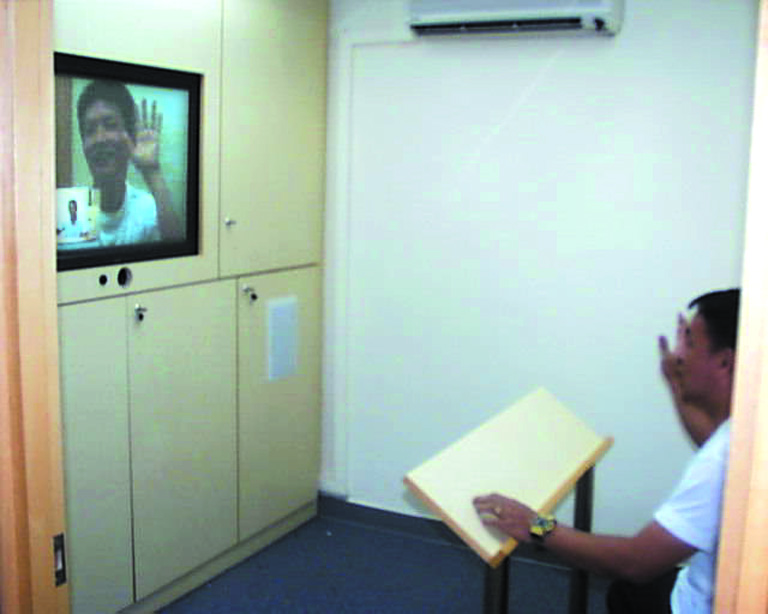
2000
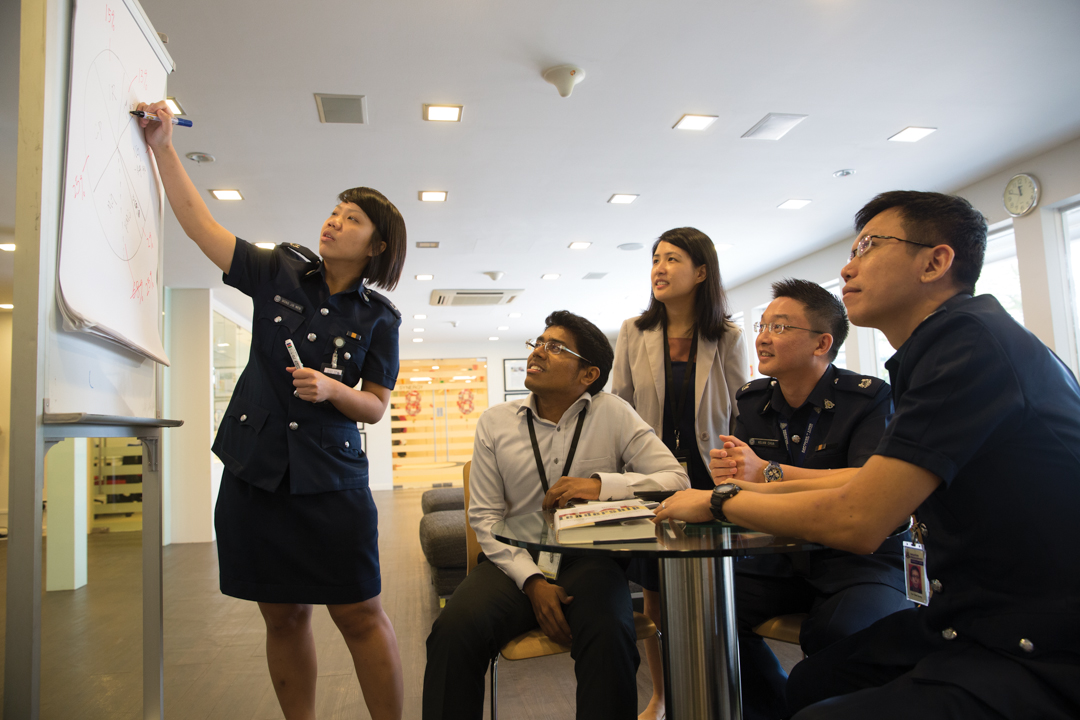 SPS’s Core Values: H.E.A.R.T
SPS’s Core Values: H.E.A.R.T
Singapore Prison Service officially launched its core values – Honour, Excellence, Agile, Respect and Teamwork (HEART).2000
Kaki Bukit Centre (Prison School)
The Kaki Bukit Centre (Prison School) was established to centralise all teaching resources and provide a conductive learning environment for inmate students. Its philosophy is ’School First, Prison Second’.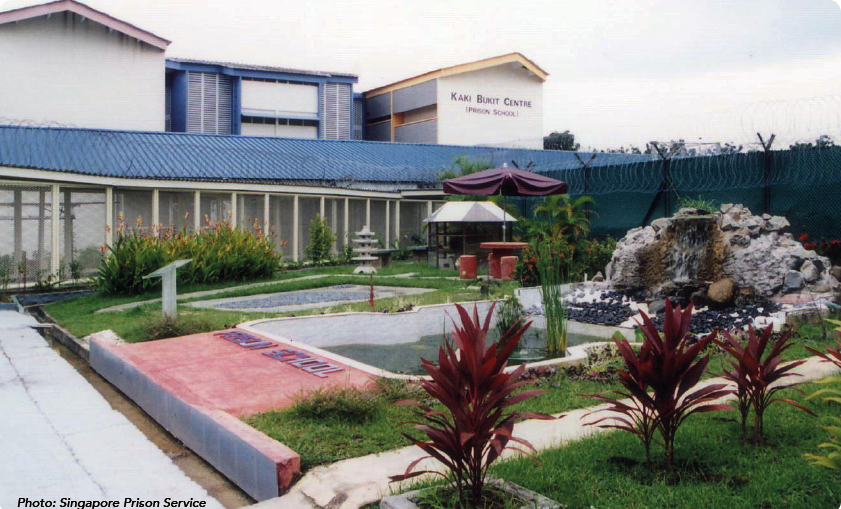
2001
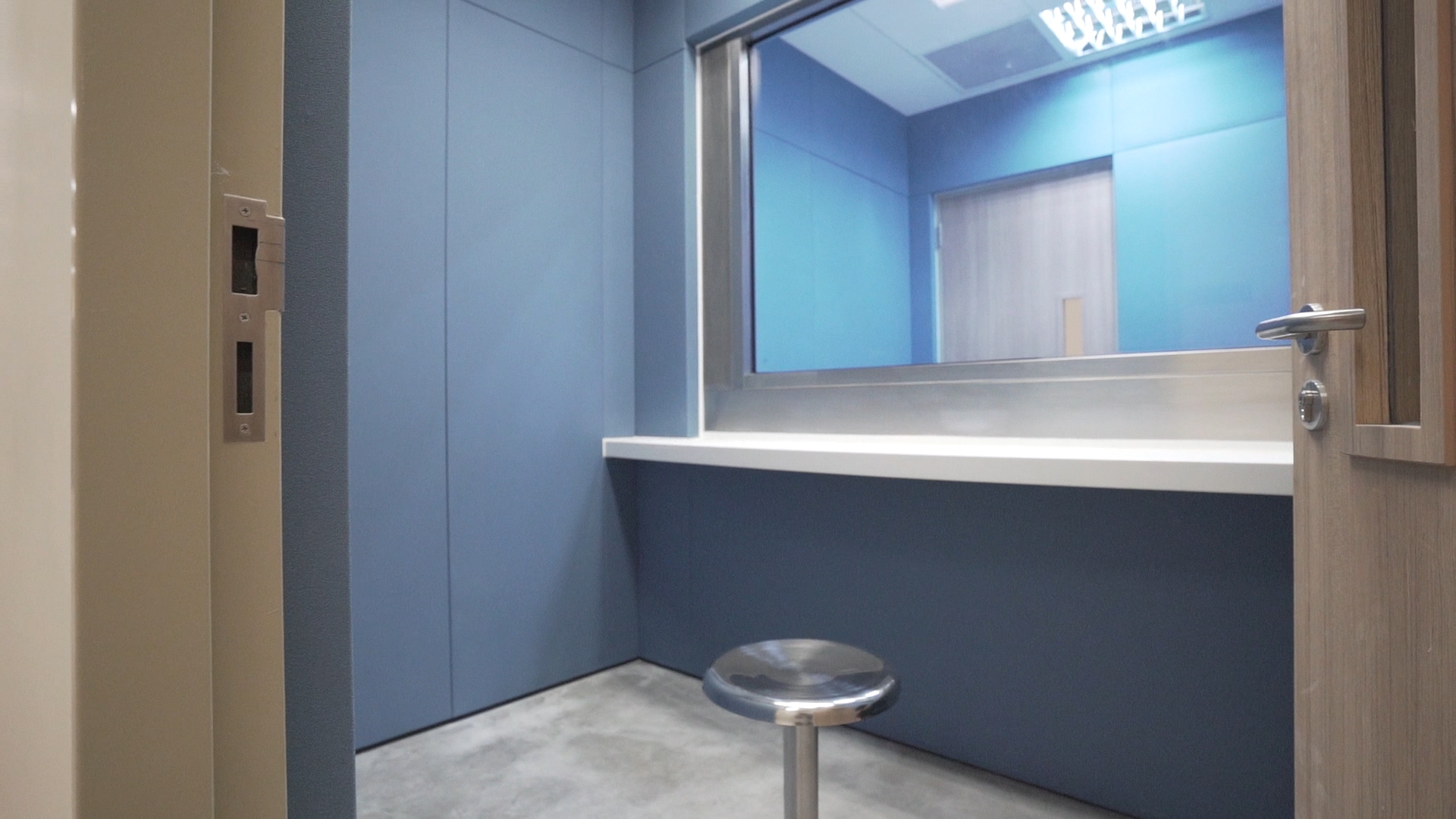 Launching of Prison Link Centres
Launching of Prison Link Centres
Officially launched remote link centres, which was linked to five institutions– Queenstown Remand Prison, Tampines Prison, Tanah Merah Prison, Changi Women’s Prison and Selarang Park DRC.2002
Family Friendly Firm Award
Singapore Prison Service received the Family Friendly Firm Award for its pro-family efforts and initiatives to provide a work-life harmony for its staff.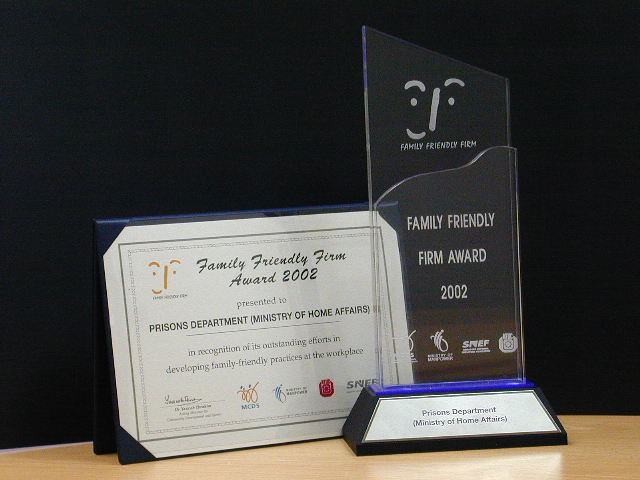
2003
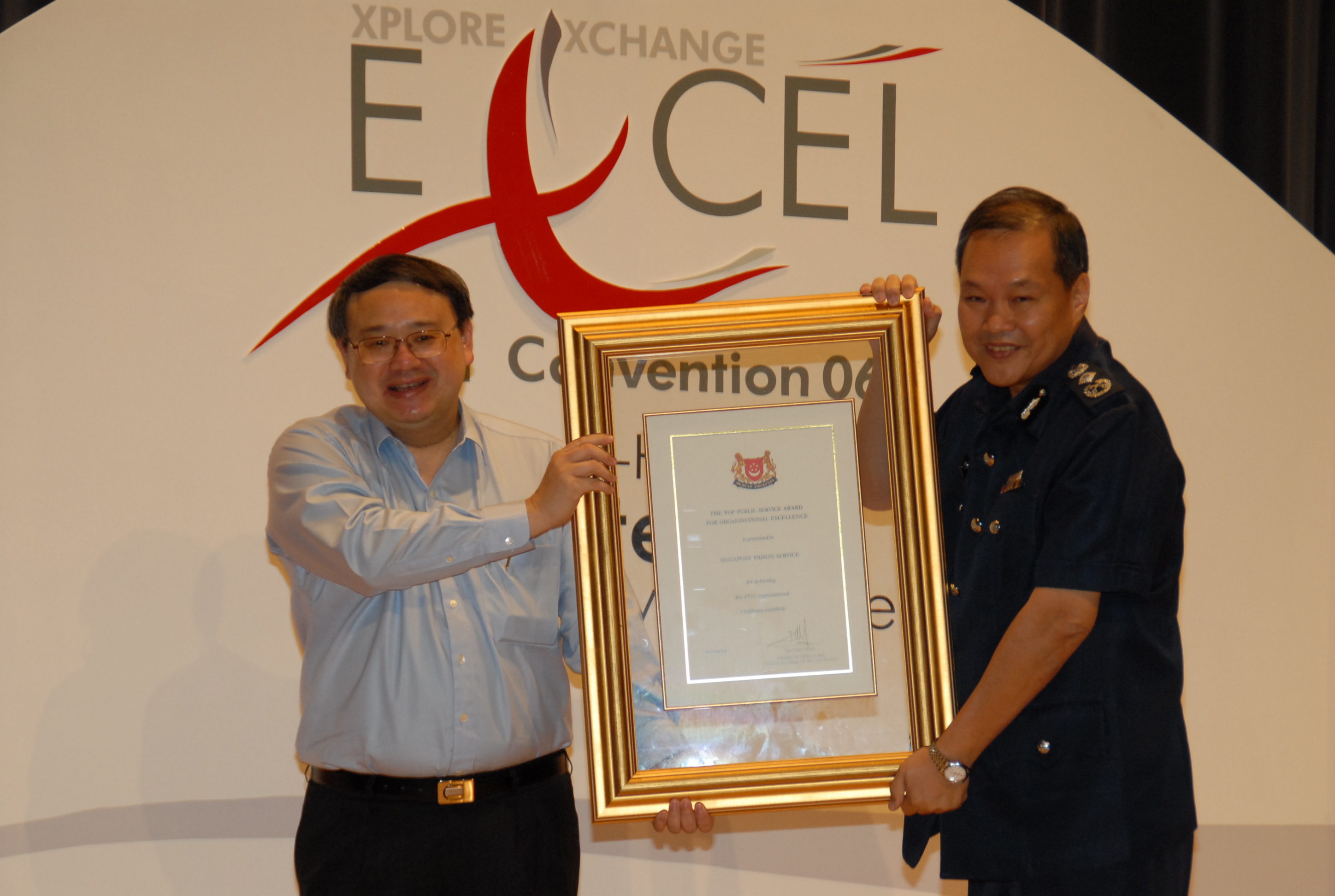 ISO 9001/2000 & Public Service Award for Organisational Excellence
ISO 9001/2000 & Public Service Award for Organisational Excellence
Attained ISO 9001/2000 for Rehabilitation Classification and Public Service Award for Organisational Excellence. The photo shows Mr Chua Chin Kiat, then Director of Prisons, receiving the Public Service Award for Organisational Excellence. -
2004
Launch of Yellow Ribbon Project
The Yellow Ribbon Project (YRP) was initiated to promote awareness, acceptance and an inclusive society for ex-offenders. The photo shows President S R Nathan gracing the event as the guest-of-honour at the launch of the YRP.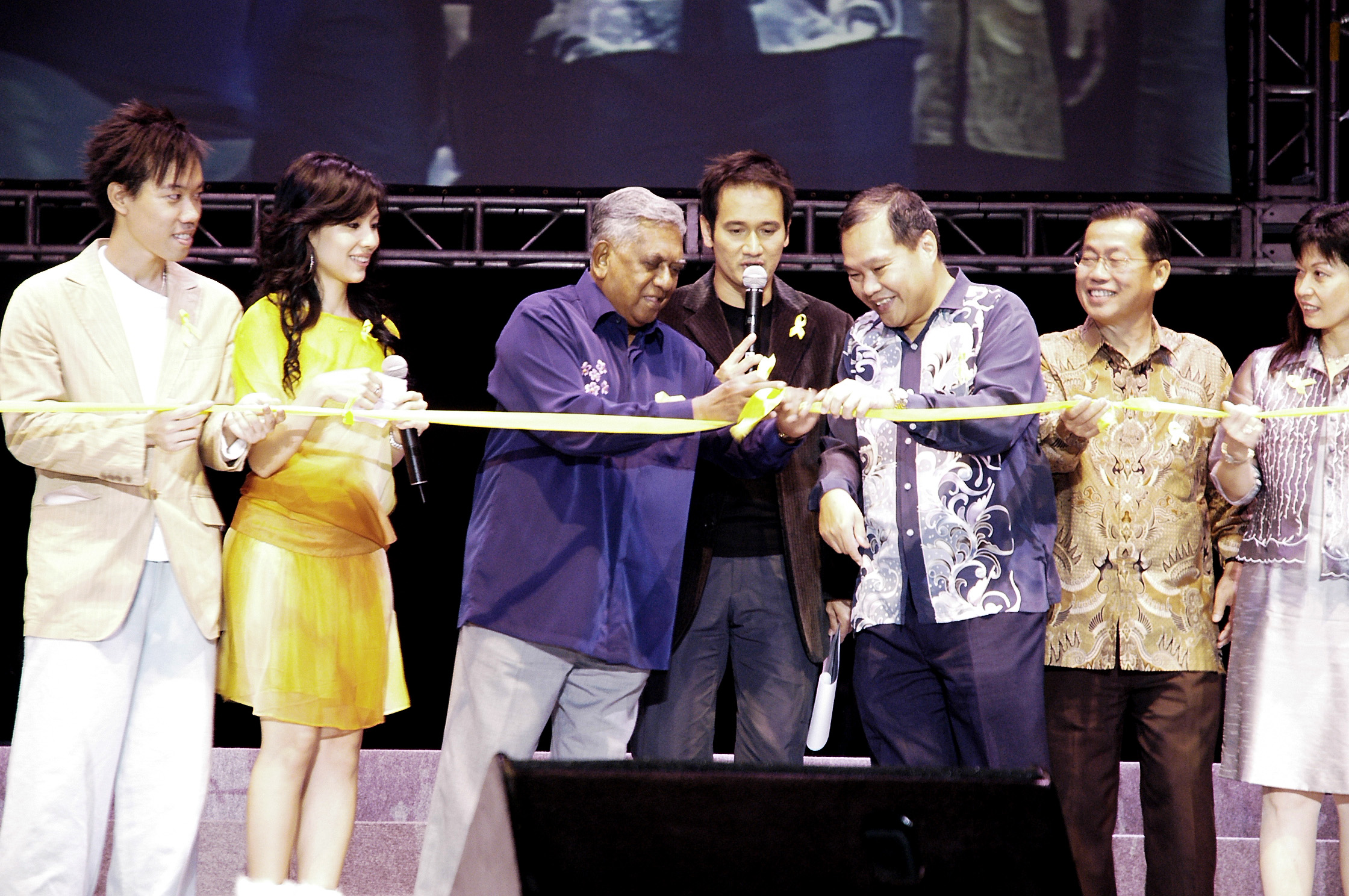
2004
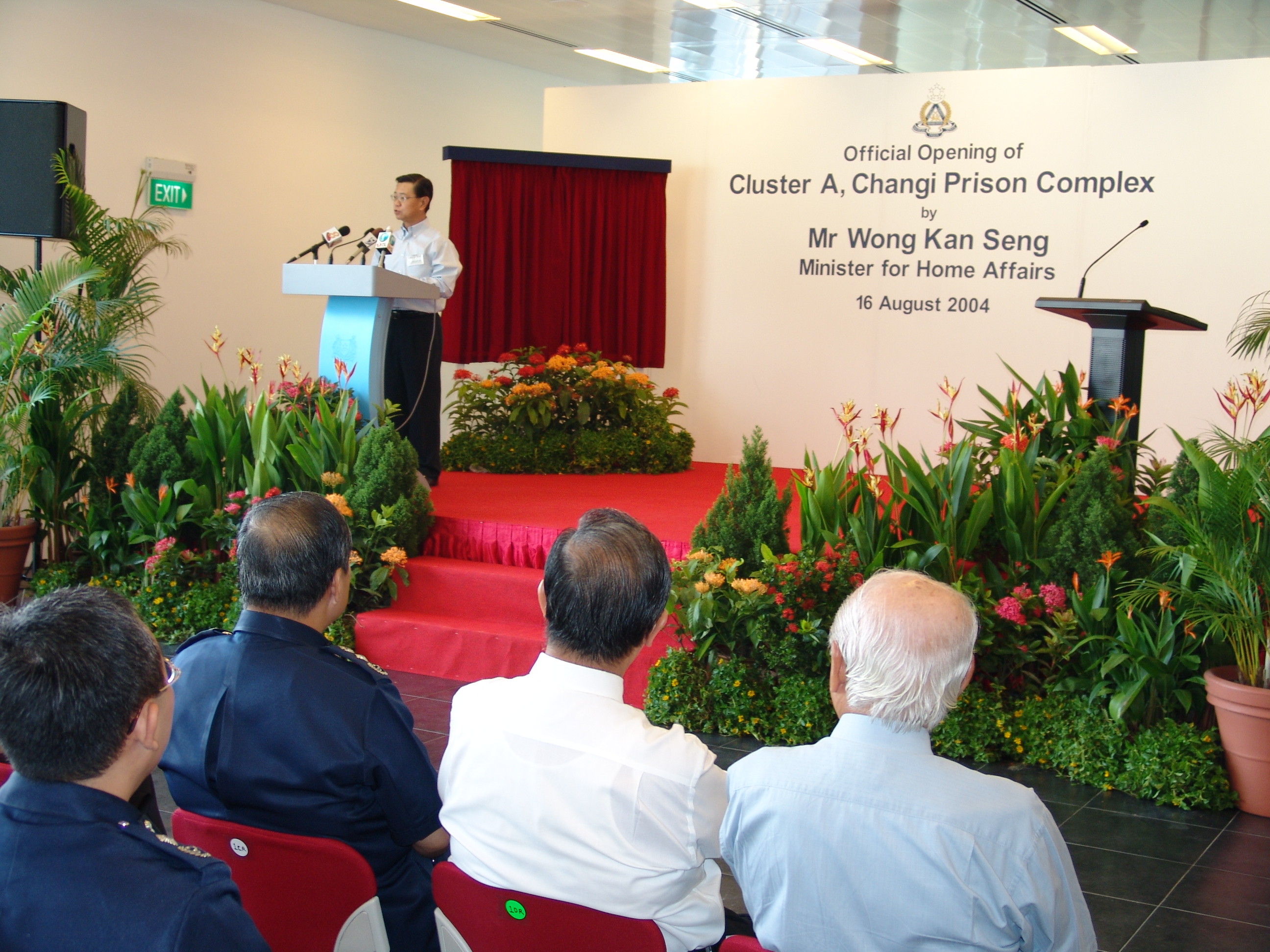 Launch of Cluster A
Launch of Cluster A
Cluster A at the redeveloped Changi Prison Complex officially opened on 16 August 2004 by Mr Wong Kan Seng, then Minister for Home Affairs. It included an integrated security system which enhanced operational efficiency, and allowed more time for prison officers to focus on the engagements and rehabilitation of inmates. The photo shows the opening ceremony for Cluster A.2007
Ng Joo Hee, Eighth Director of Prisons
Ng Joo Hee was appointed as the Director of Prisons after his stint as the Director of the Police Intelligence Department. He oversaw the expansion of Changi Prison Complex, especially with the operationalisation of Cluster B. He was also instrumental in the planning of the new Prison Headquarters.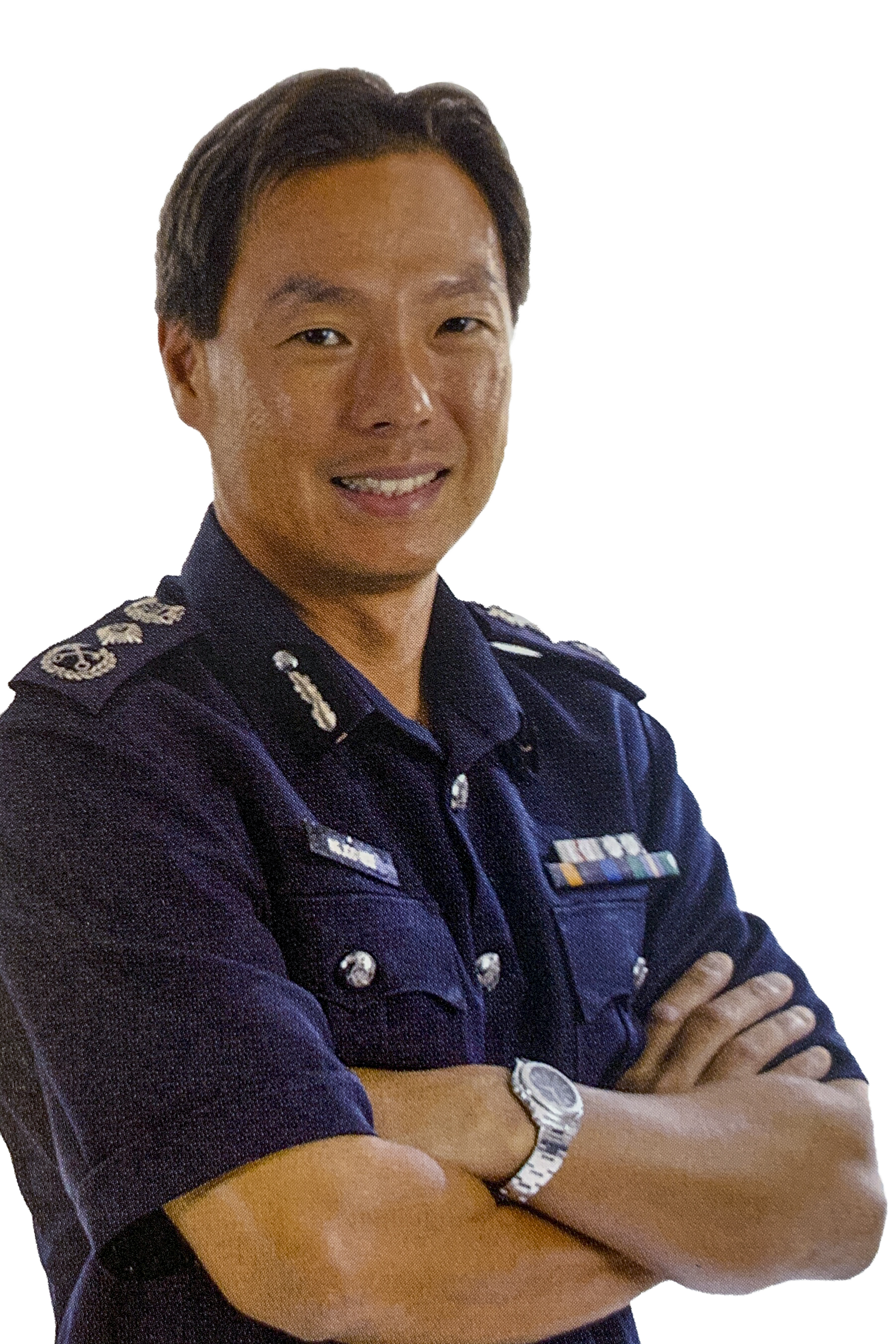
2009
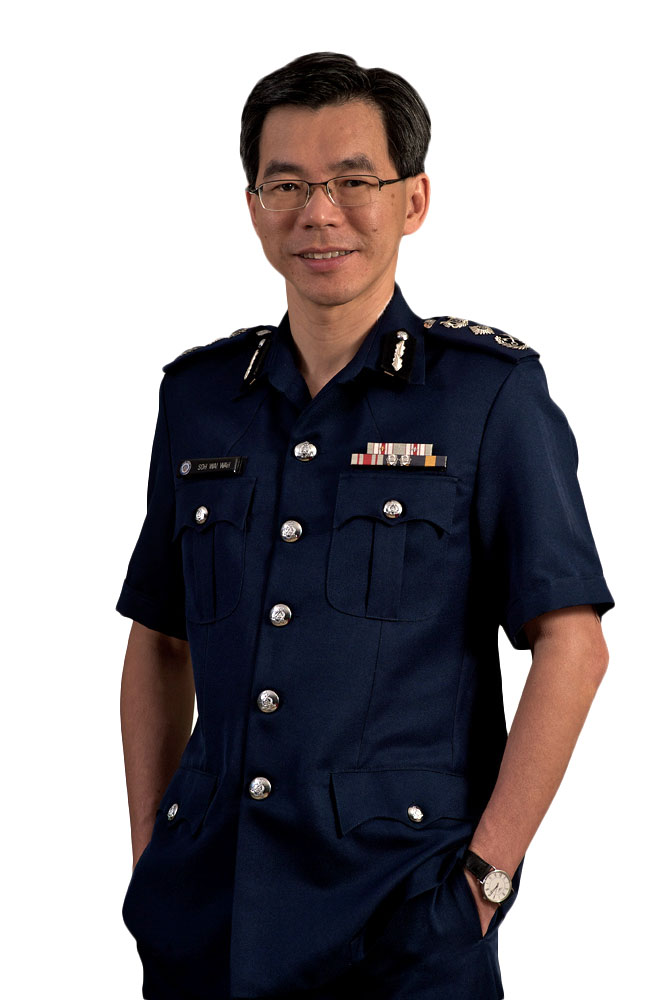 Soh Wai Wah, Ninth Director of Prisons
Soh Wai Wah, Ninth Director of Prisons
Soh Wai Wah was a former Police Chief-of-Staff before being appointed as the Director of Prisons. He emphasised the importance of community corrections to facilitate inmates’ re-integration into society. During his tenure, the Director of Prisons was re-designated as the Commissioner of Prisons.2010
Launch of Cluster B
Learning from the building of Cluster A, Cluster B, the second cluster in the redeveloped Changi Prison Complex, officially opened on 20 January 2010 by Mr Wong Kan Seng, then Deputy Prime Minister and Minister for Home Affairs. The photo shows the opening ceremony of Cluster B.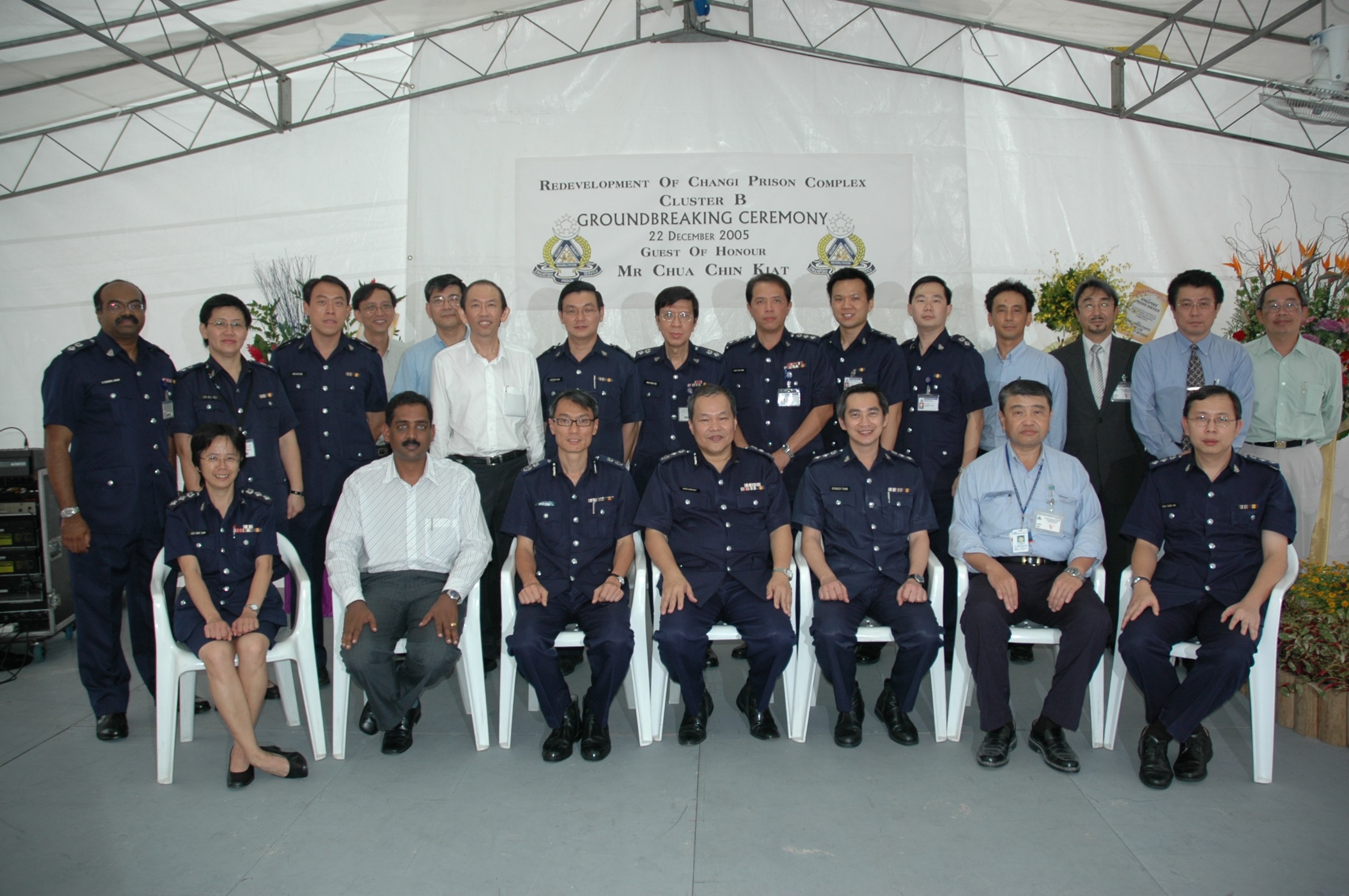
2012
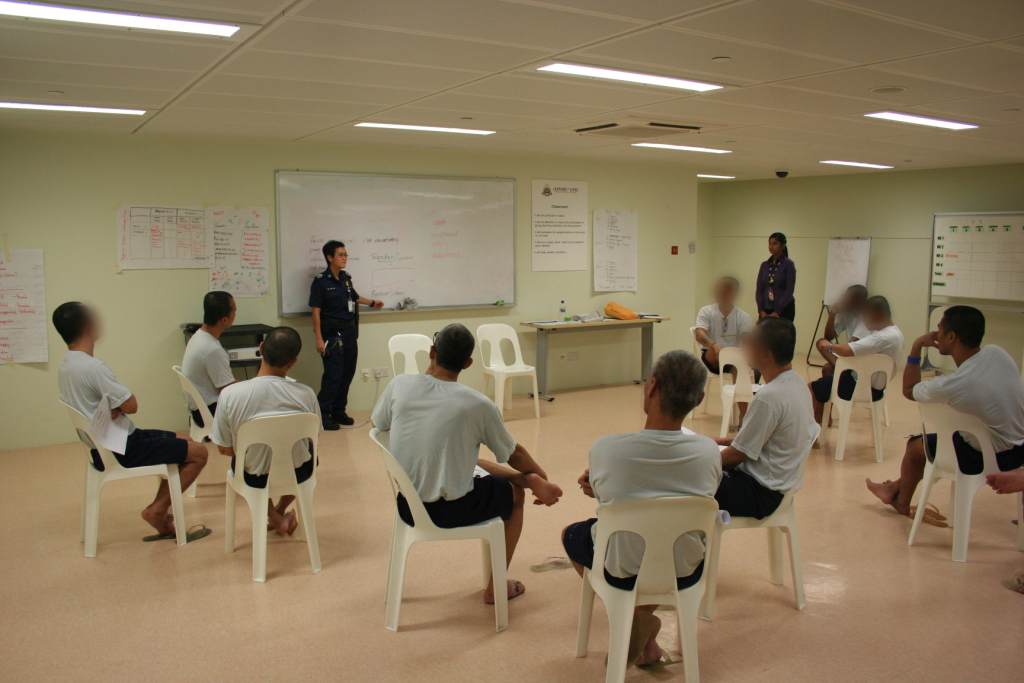 Formation of Psychological & Correctional Rehabilitation Division
Formation of Psychological & Correctional Rehabilitation Division
Psychological & Correctional Rehabilitation Division (PCRD) was formed to develop evidence-informed approach to inmates’ rehabilitation.2014
Formation of Community Corrections Command
Community Corrections Command (COMC) was formed in August 2014 to oversee the rehabilitation, re-integration and supervision of inmates and ex-offenders in the community. COMC comprises uniformed officers and civilian specialists, who continue the work started during incare, to inspire hope and change in the inmates and ex-offenders under their charge.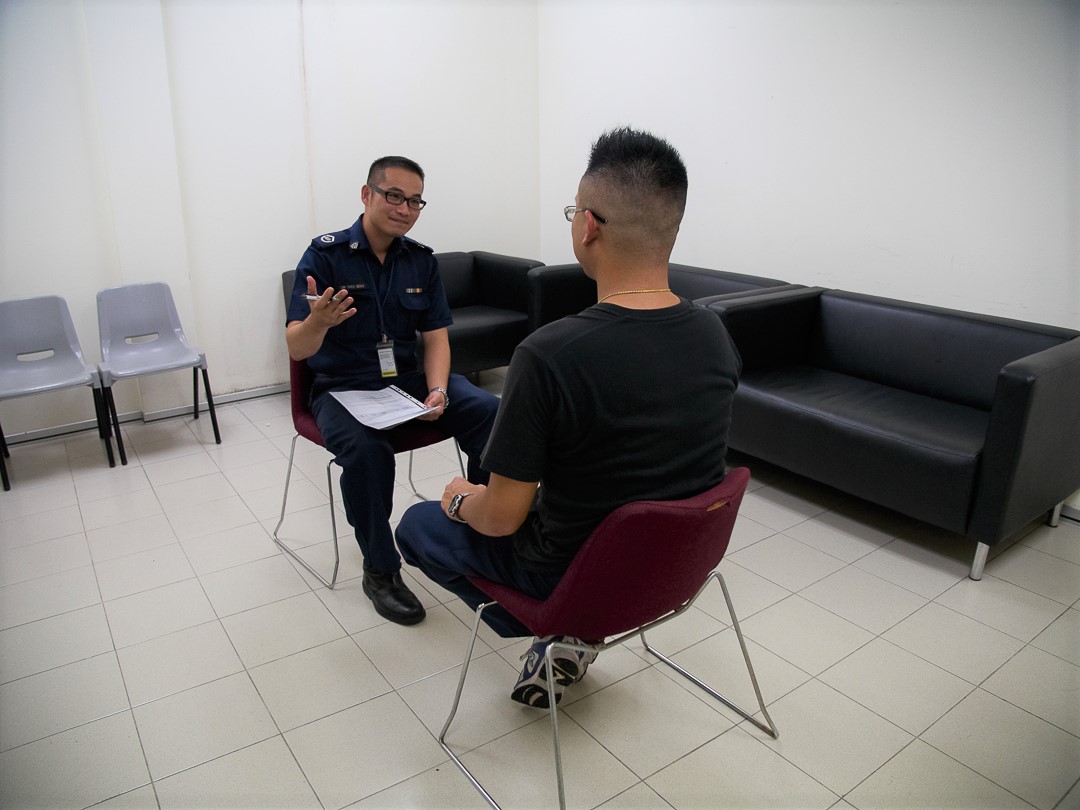
2014
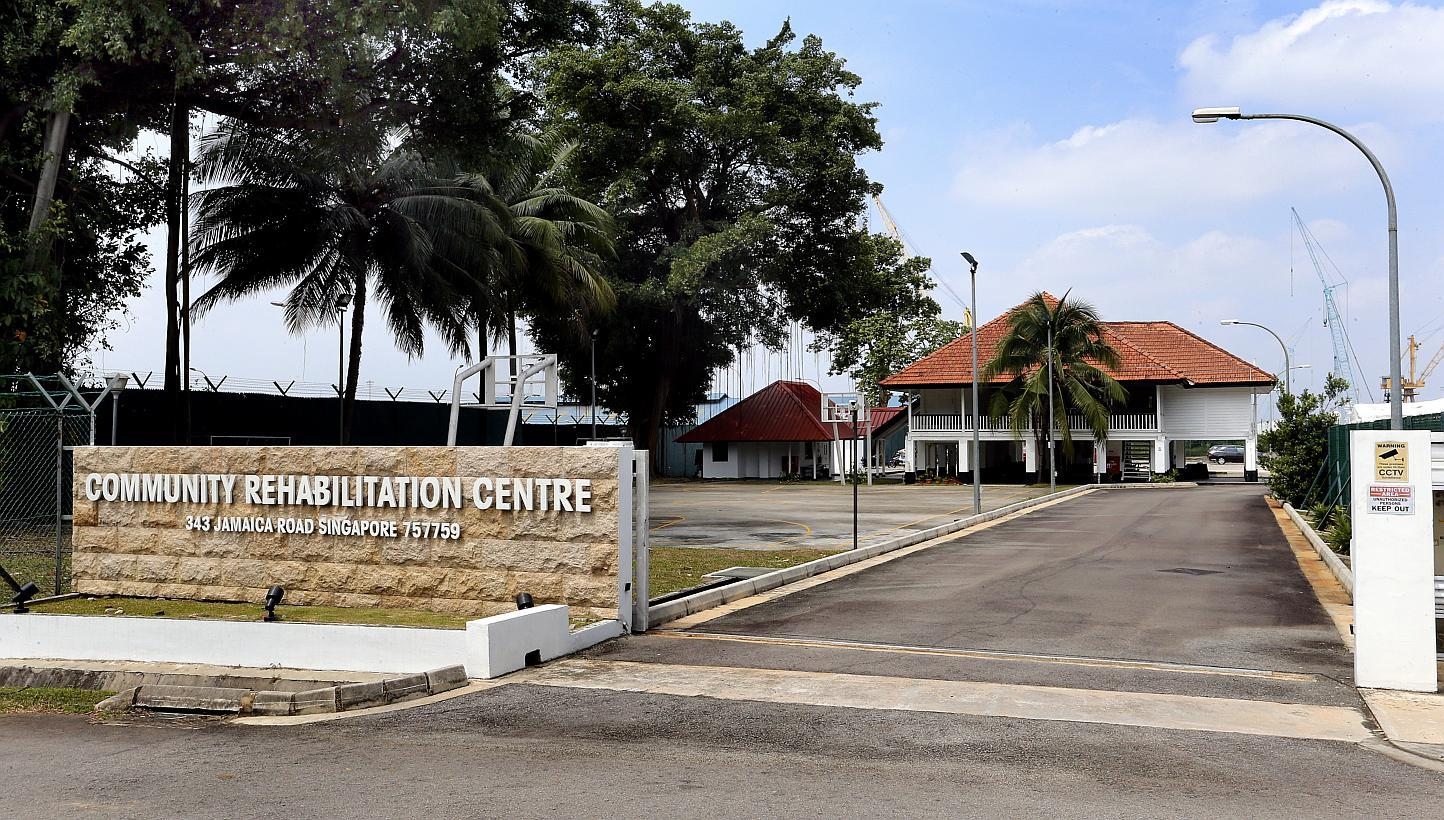 Community Rehabilitation Centre
Community Rehabilitation Centre
The Community Rehabilitation Centre was launched to help first-time young male drug abusers. It provide a drug intervention programme in a residential setting that minimises disruptions to their daily routines.2016
Desmond Chin, Tenth Commissioner of Prisons
Desmond Chin, a career Prison Officer, was appointed as the Commissioner of Prisons. He played a critical role in driving the ’Prison Without Guards’, ’Prison Without Walls’ and ’Learning Prison’ initiatives. He also unveiled SPS’ revised core values ’Shared Values in Corrections (SVIC) – Synergy, Vigilance, Integrity and Care’.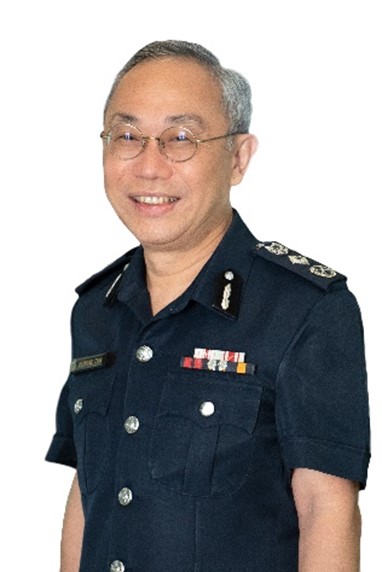
2017
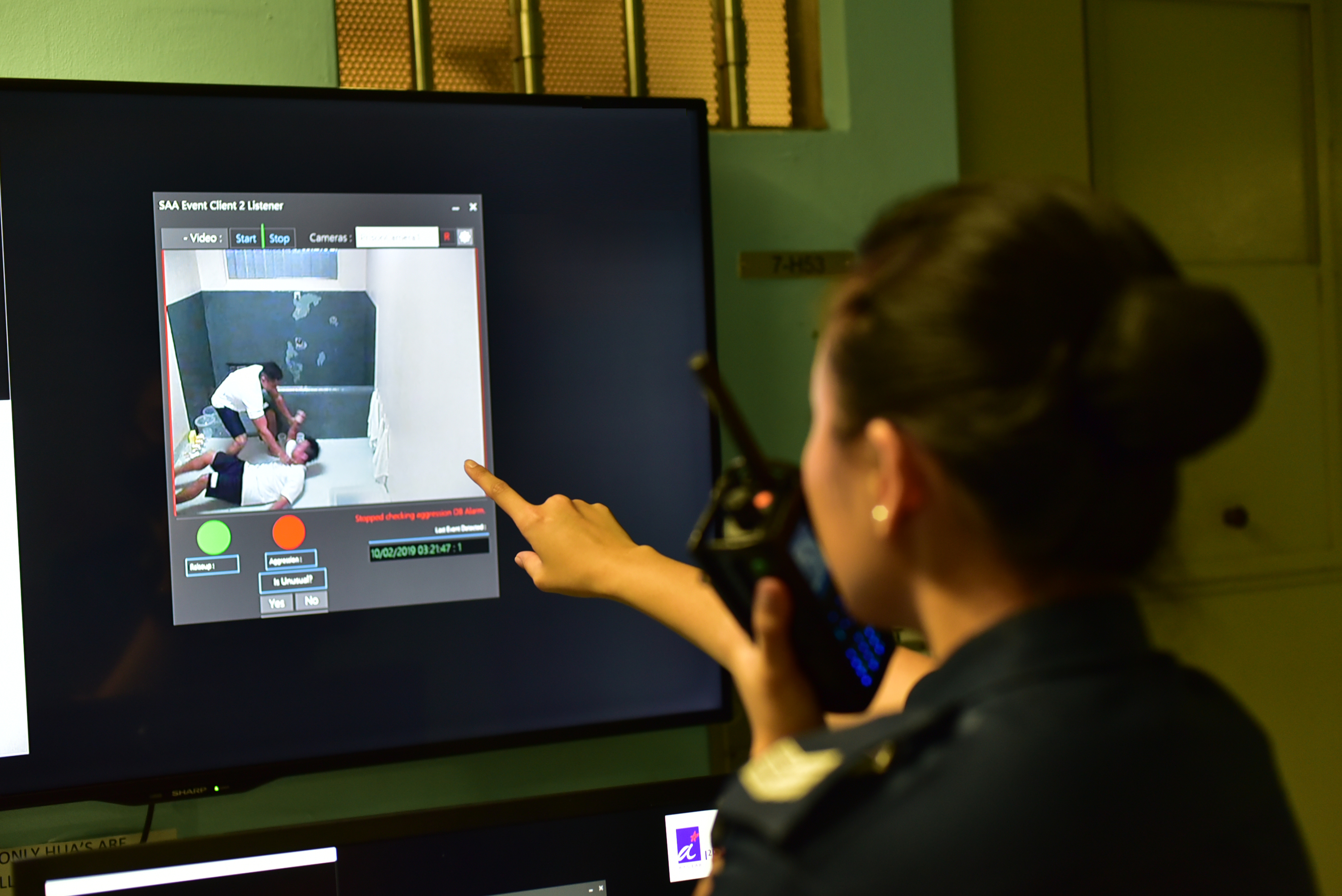 Prison Without Guards & Prison Without Walls
Prison Without Guards & Prison Without Walls
’Prison Without Guards’ (PWG) and ’Prison Without Walls’ (PWW) initiatives were launched. Under the PWG concept, technology was leveraged to optimise resource deployment and enhance operational effectiveness in prisons. Its PWW strategy aimed to expand the scope of rehabilitation beyond the confines of SPS through community corrections.2018
Learning Prison
The launch of the ’Learning Prison’ initiative reframed prisons as transformative places where inmates can acquire new skills and training, as well as self-reflect and chart meaningful plans towards better lives.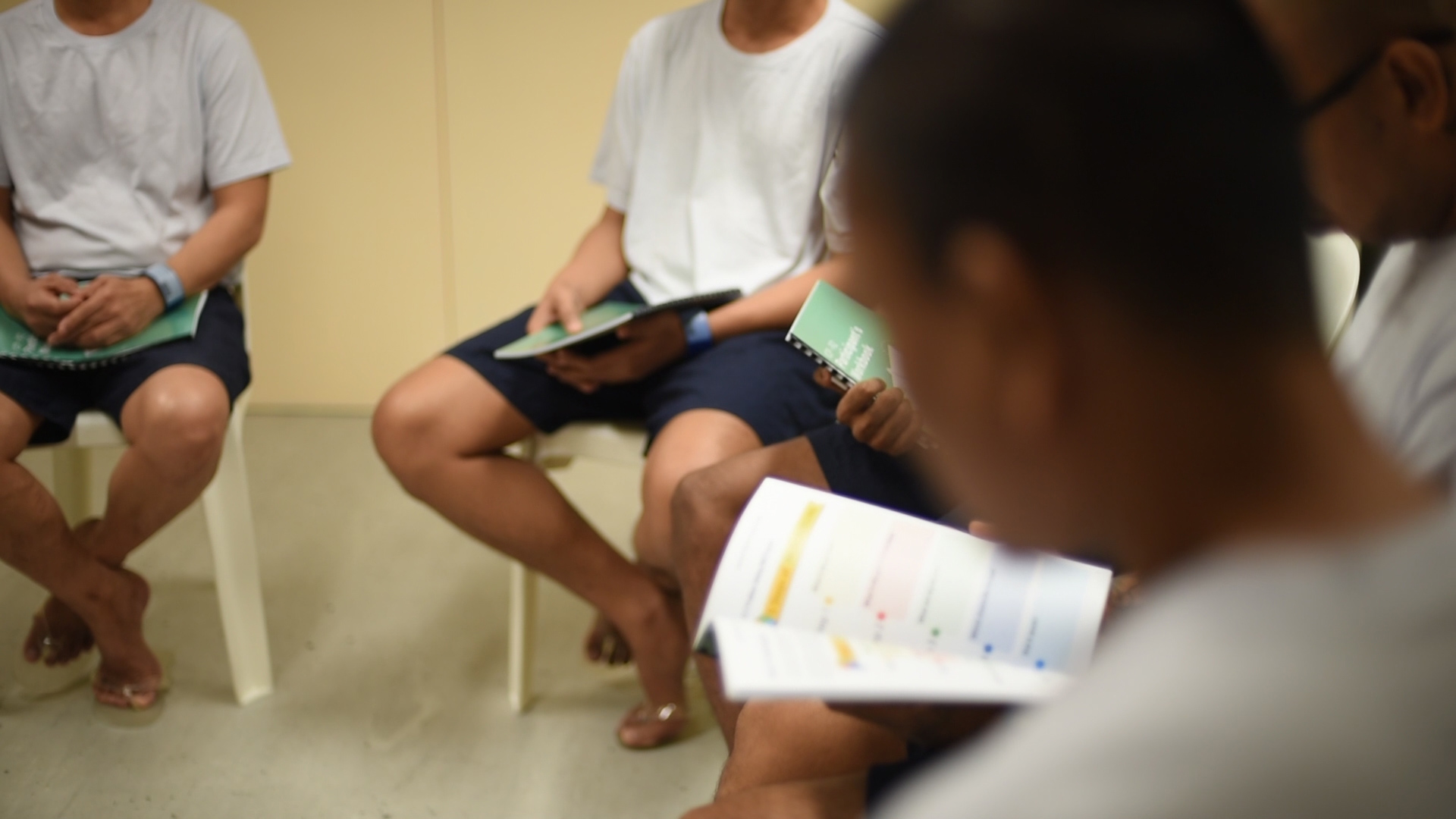
2019
The Opening of new Prison Headquarters and Selarang Halfway House
The Prison Headquarters at Upper Changi Road North shifted to the new facility situated next to the Changi Prison Complex, which enables better command and control as well as responding to contingencies. It was officially opened together with the Selarang Halfway House by Mr K Shanmugam, Minister for Home Affairs and Minister for Law on 11 January 2019.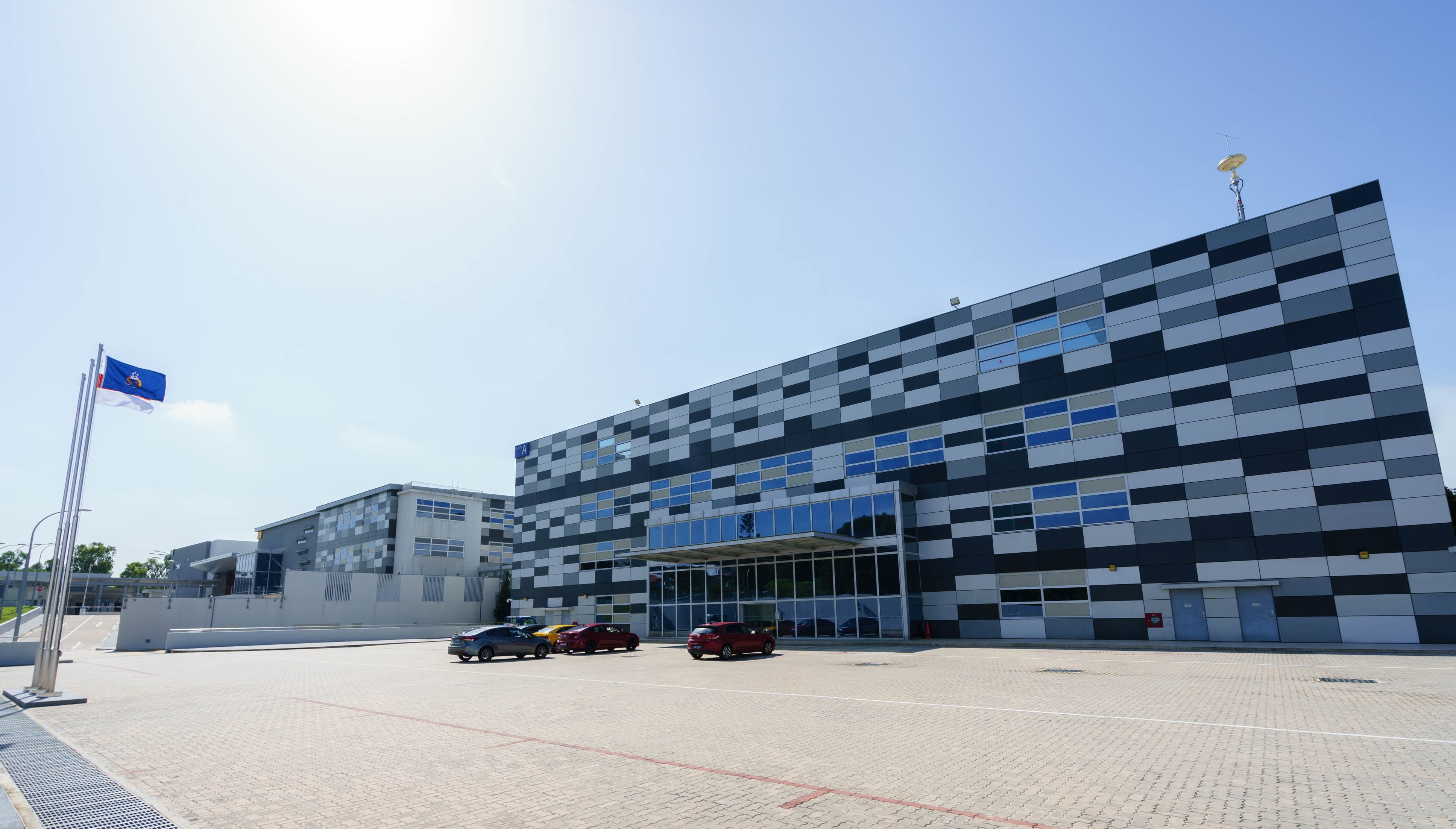
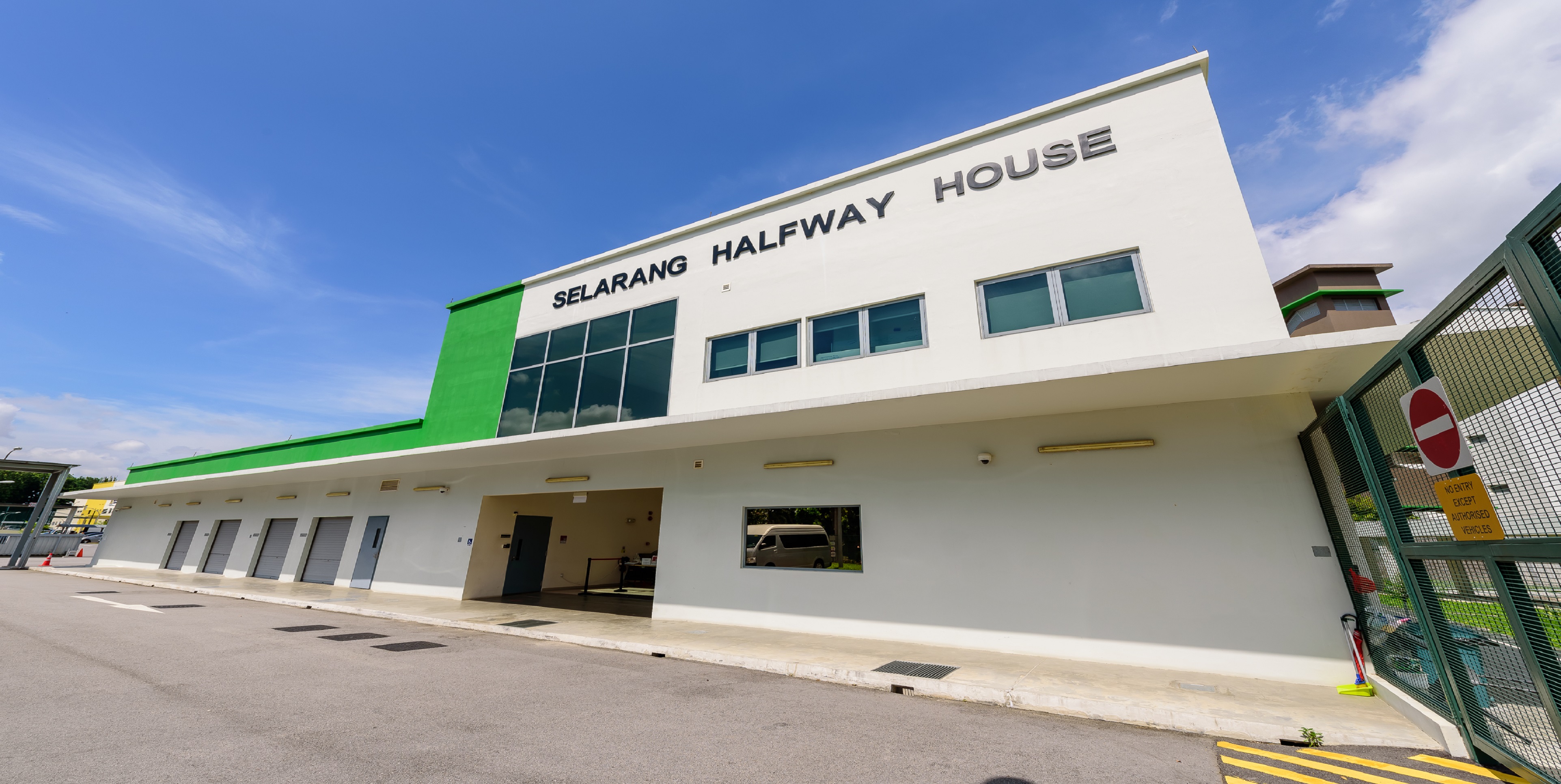
2020
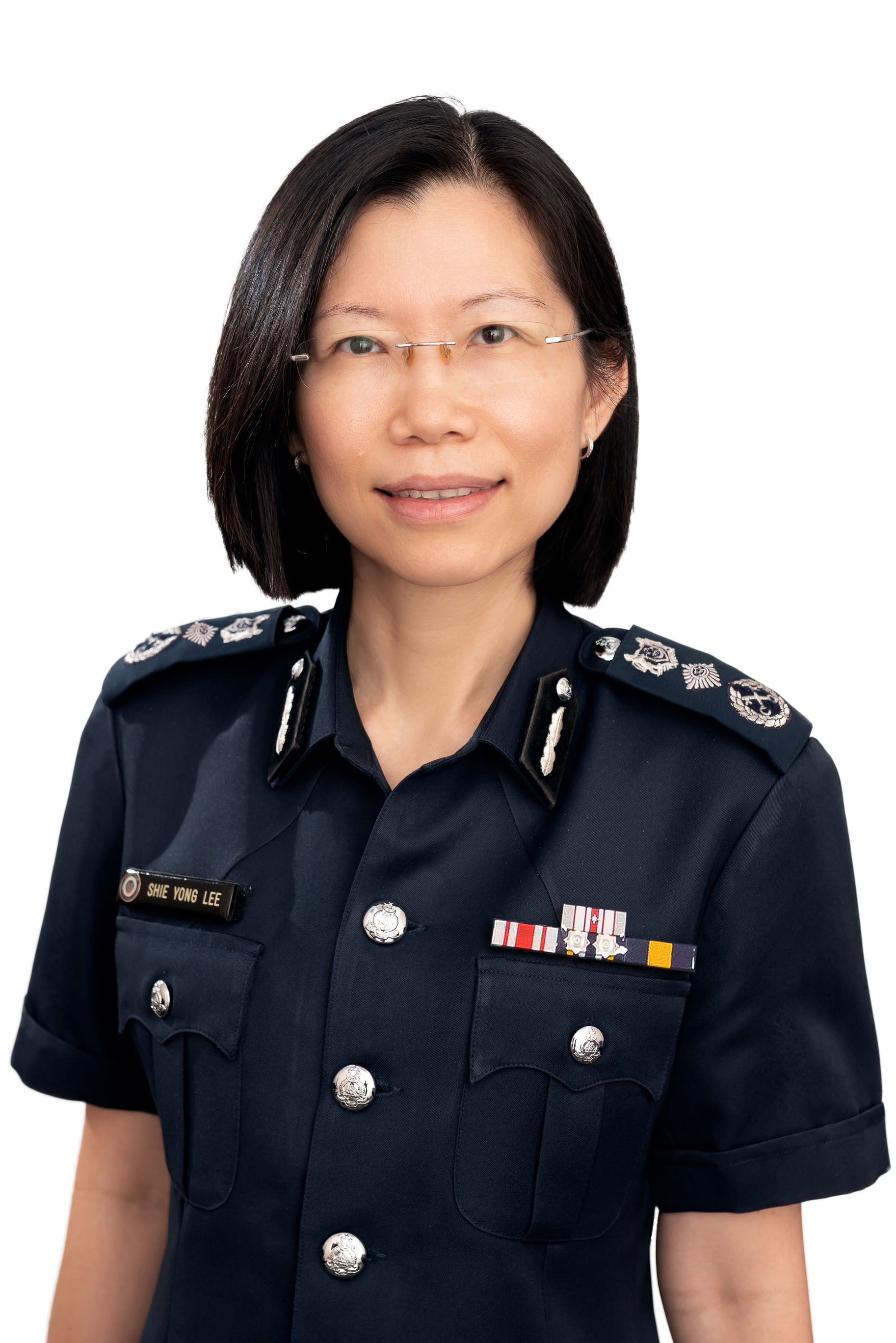 Shie Yong Lee, Eleventh Commissioner of Prisons
Shie Yong Lee, Eleventh Commissioner of Prisons
Shie Yong Lee, a career Prison Officer, was appointed as the Commissioner of Prisons. She was previously the Deputy Commissioner (Policy & Transformation) of Prisons and was instrumental in implementing the Corrections 2025 Masterplan, which includes expanding community corrections to better reintegrate inmates into society.2021
The Opening of Selarang Park Complex
The Selarang Park Complex was officially opened by Mr K Shanmugam, Minister for Home Affairs and Minister for Law on 22 April 2021. It incorporated technology, such as facial recognition and video analytics capabilities.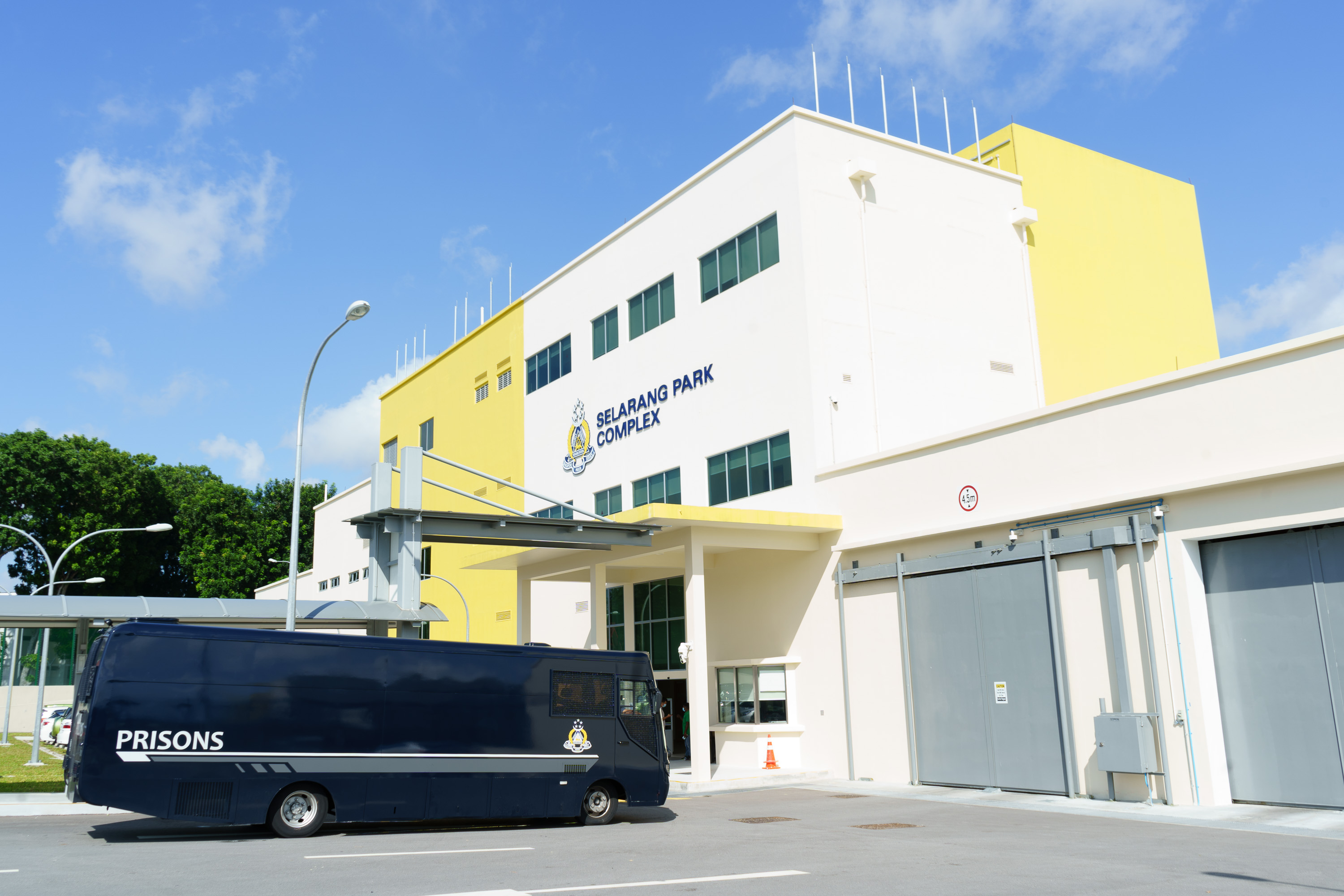
2022
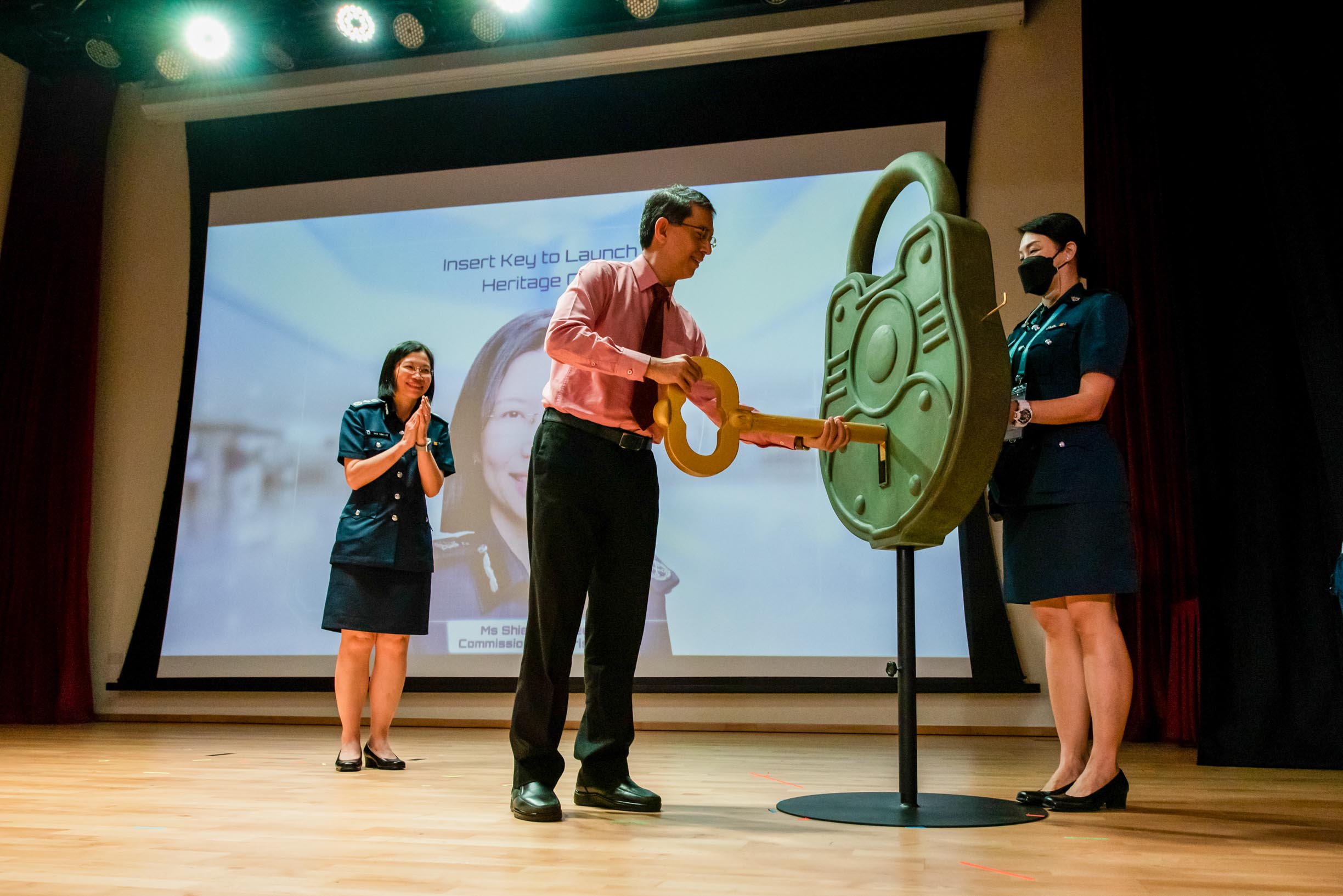 Launch of the Singapore Prison Service
Launch of the Singapore Prison Service
Heritage Gallery
The Singapore Prison Service Heritage Gallery was officially opened on 17 June 2022 by Minister of State, Associate Professor Muhammad Faishal Ibrahim. The Heritage Gallery features four zones which document the progression of the corrections landscape in Singapore from the 1800s till present day.

